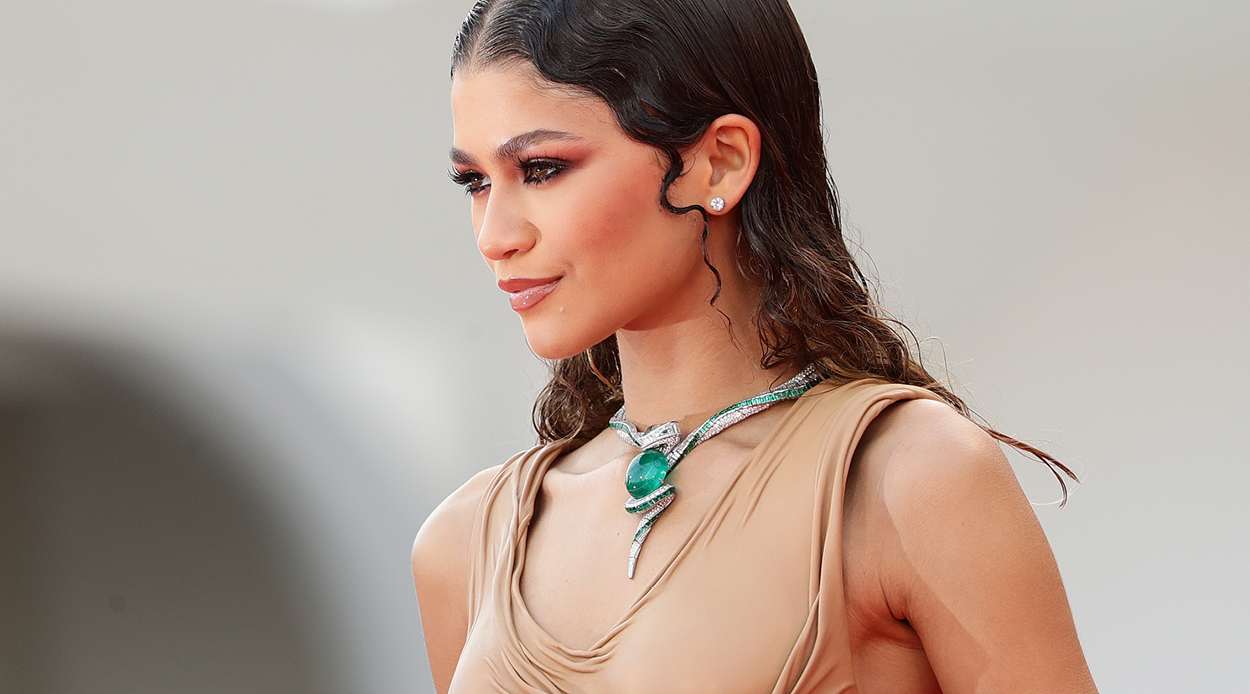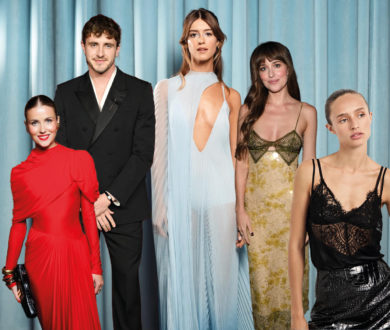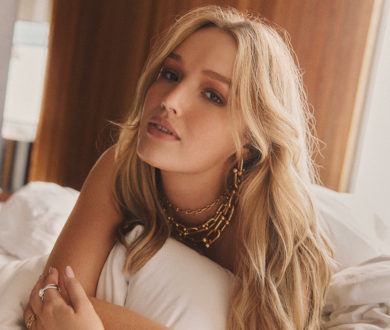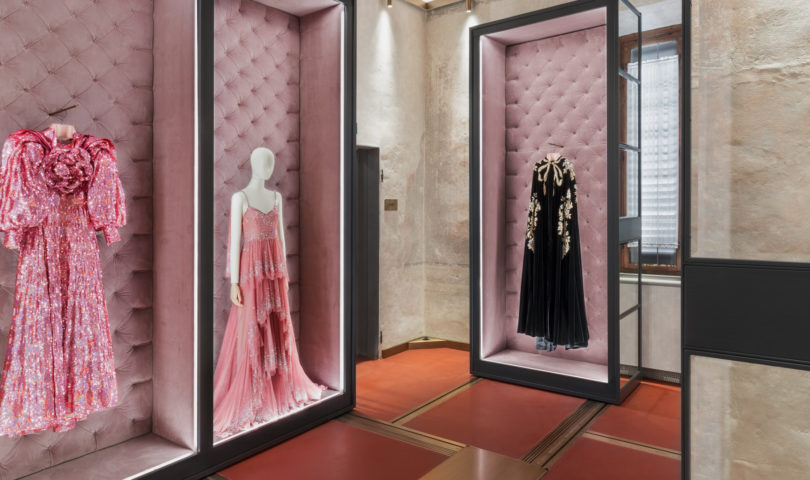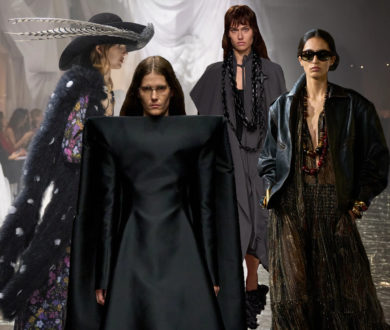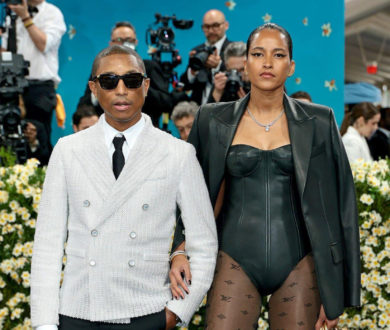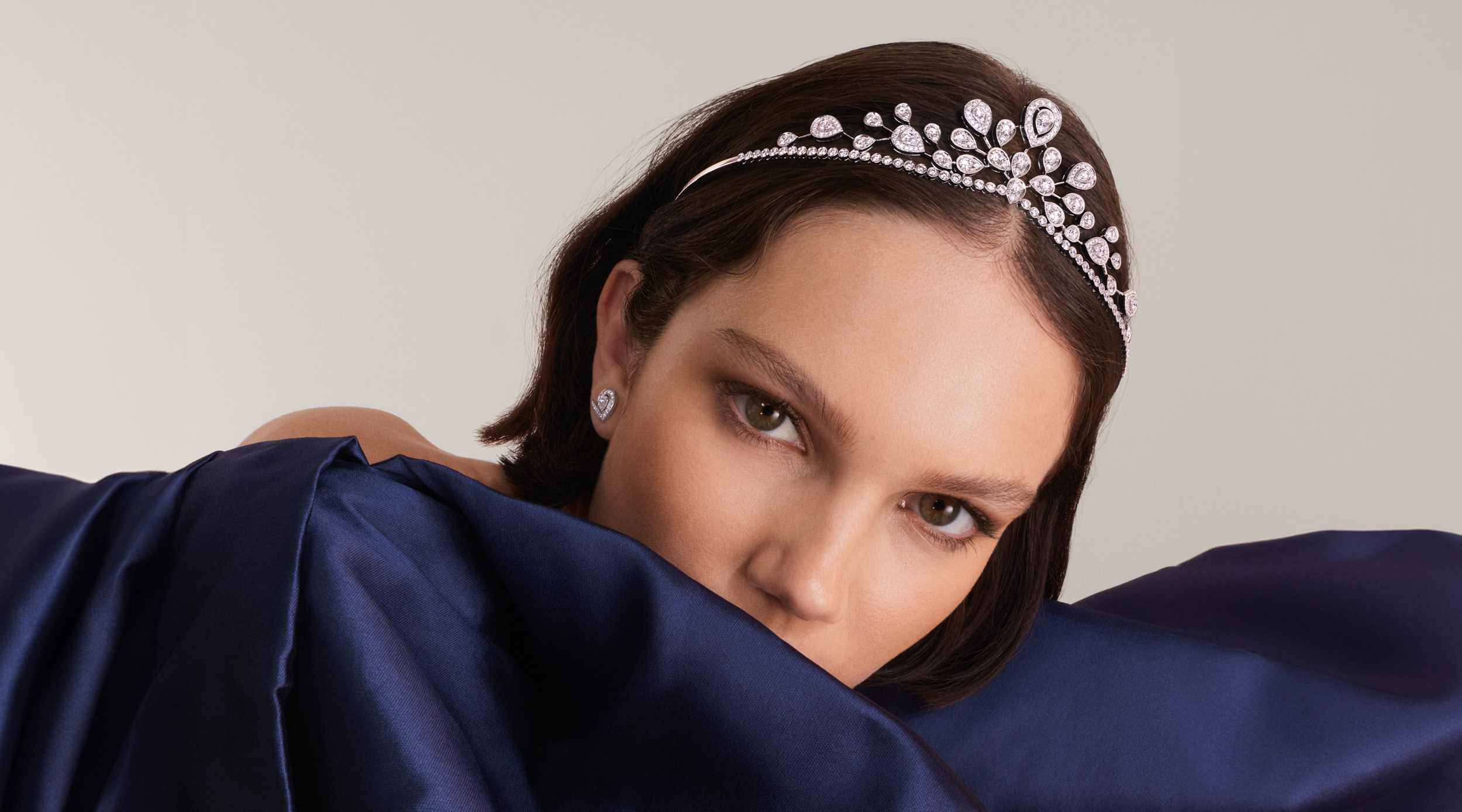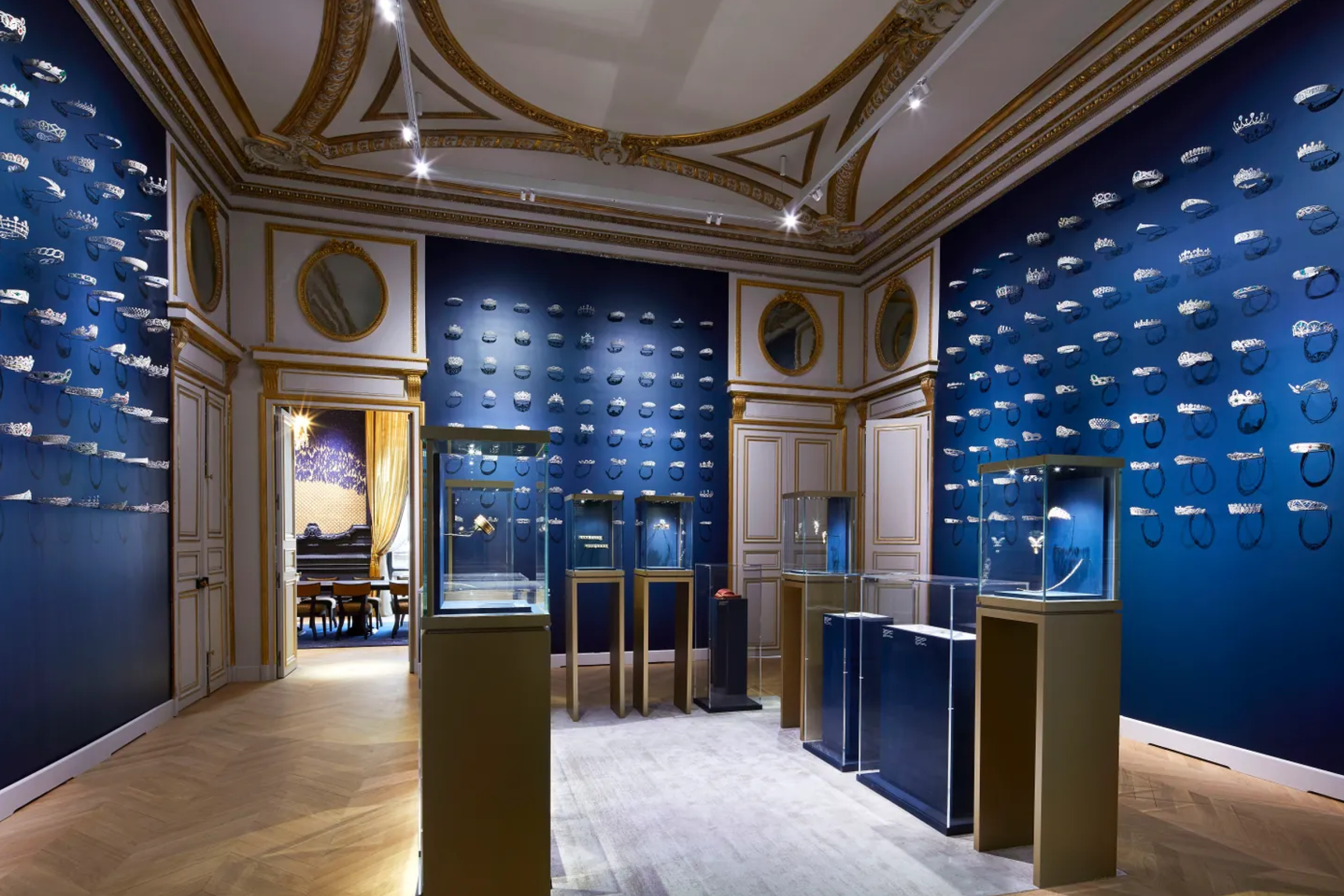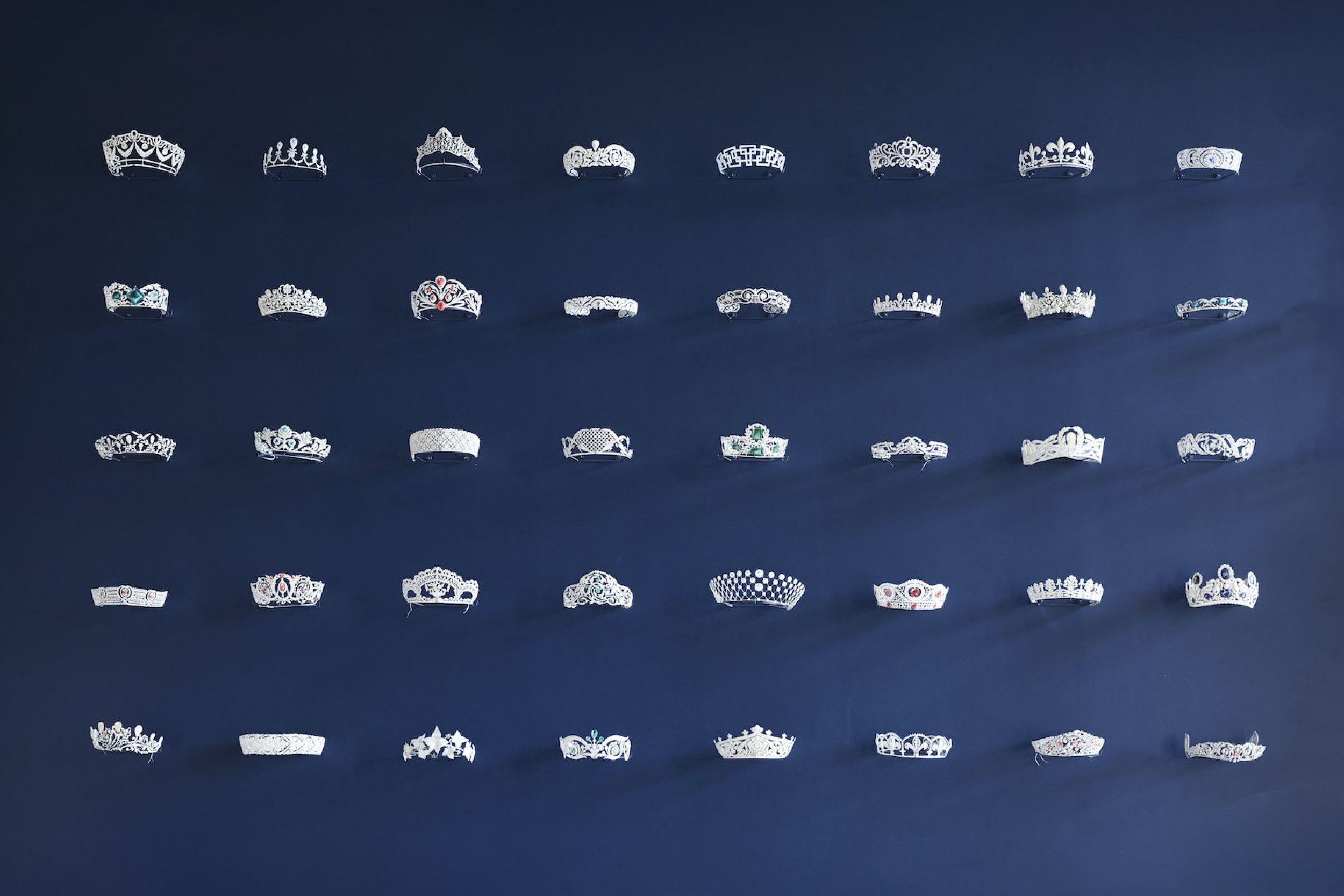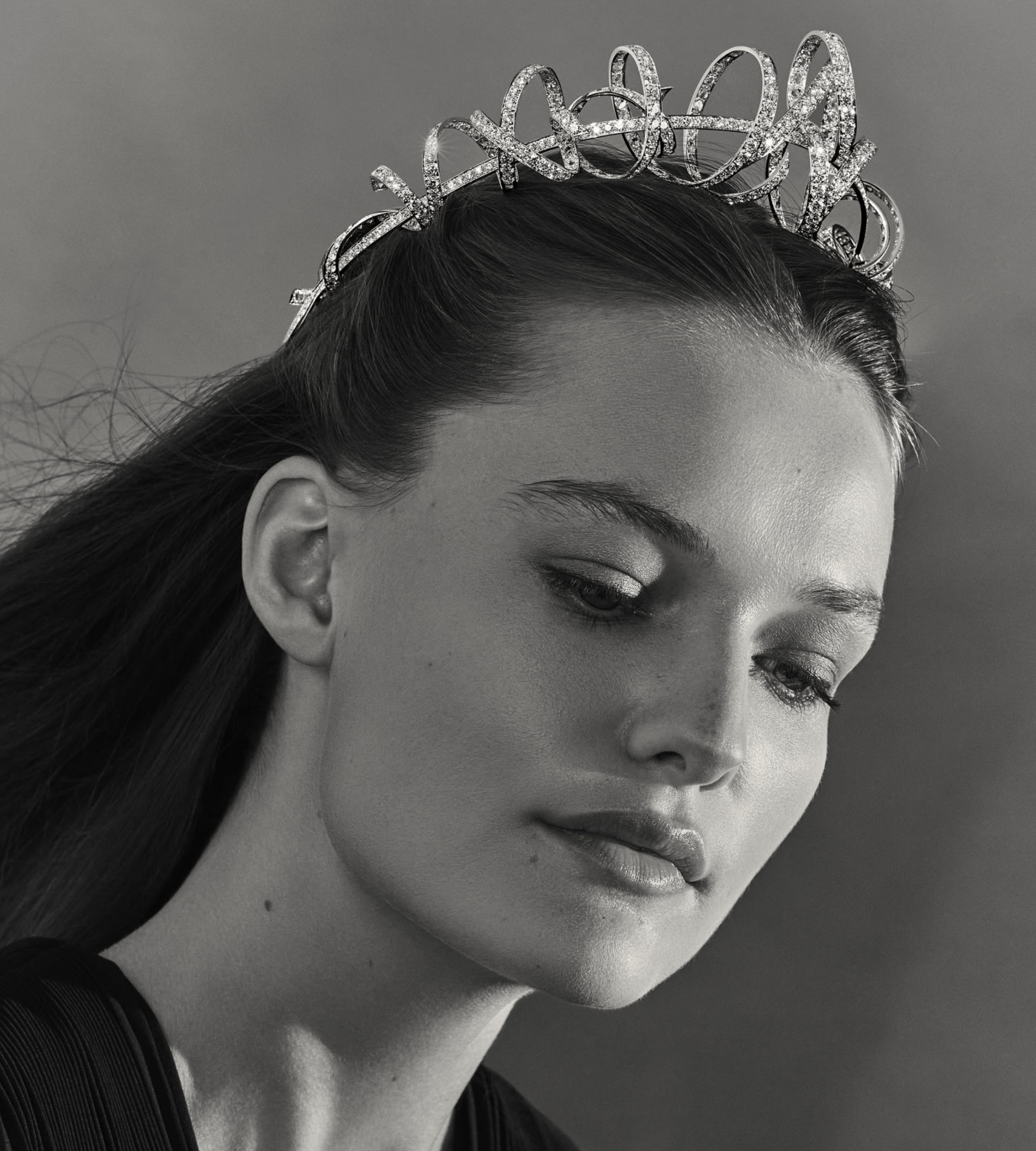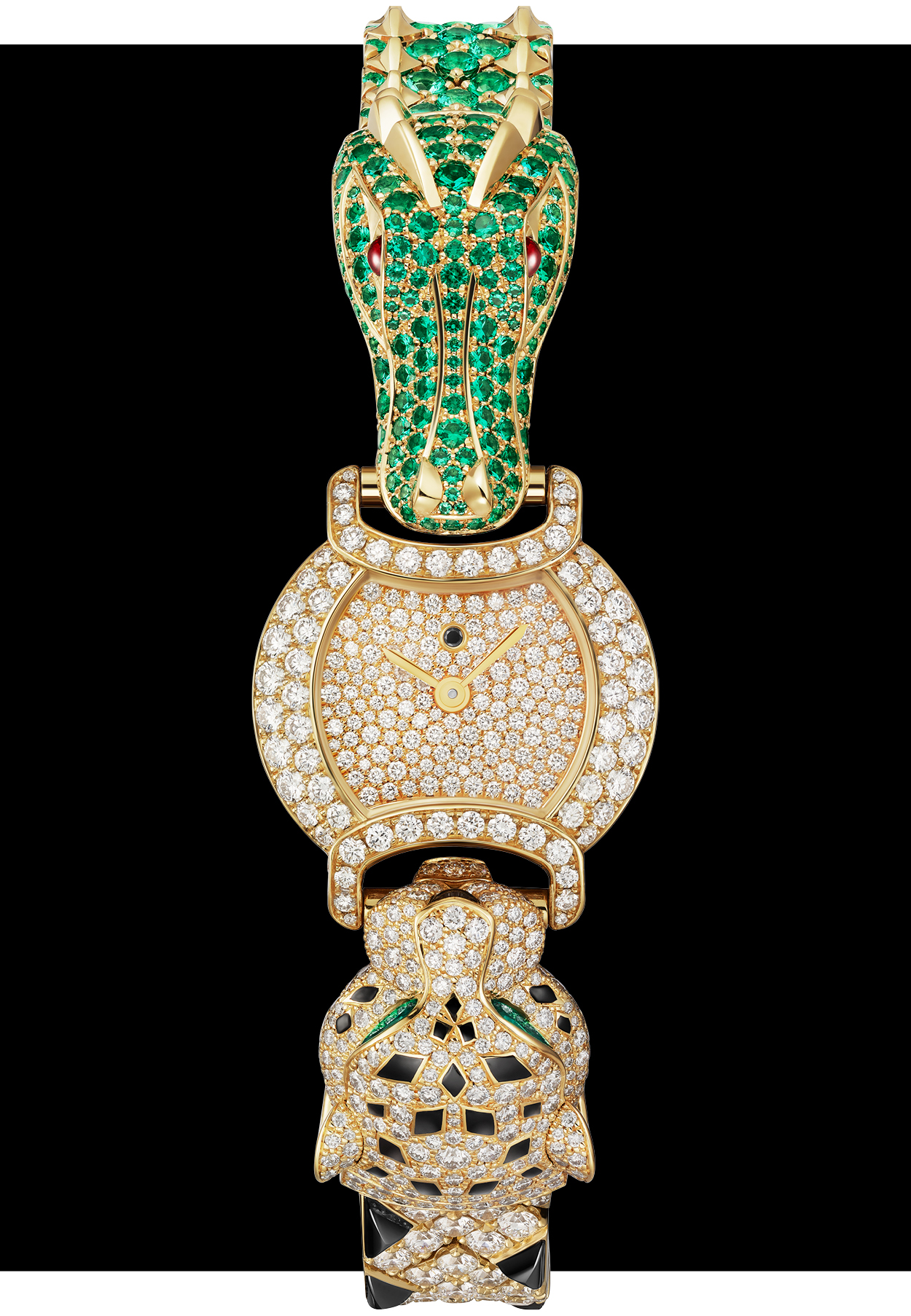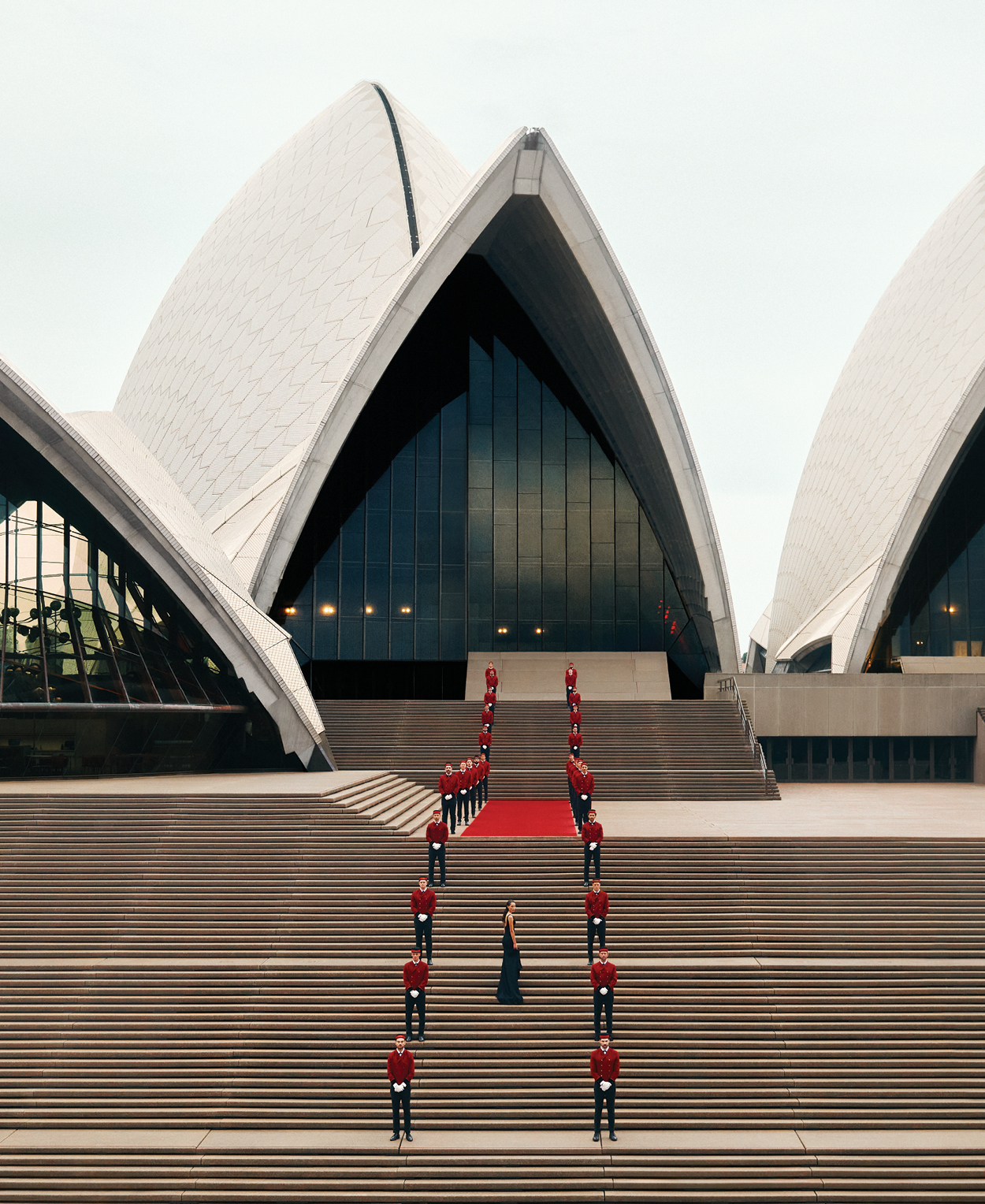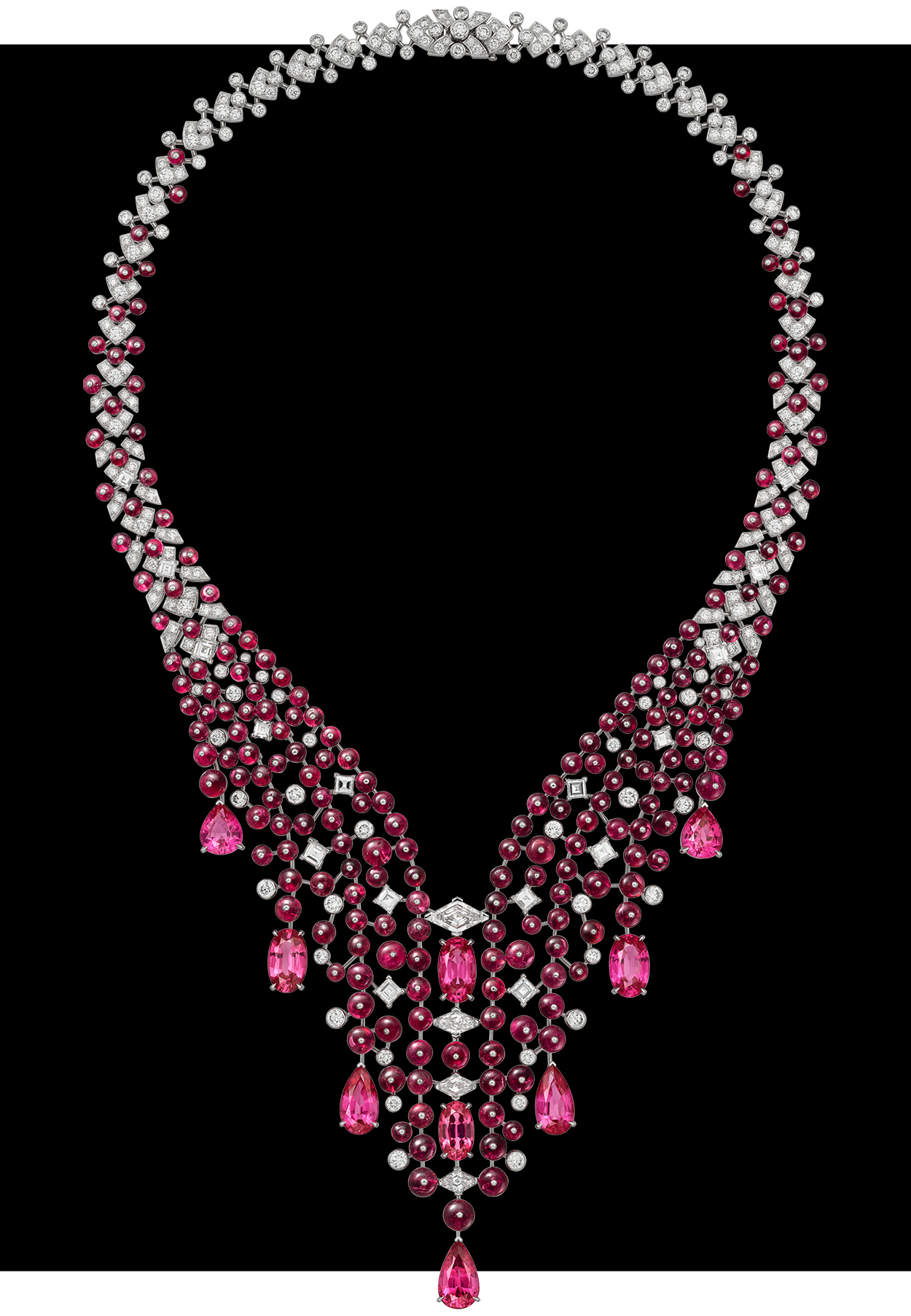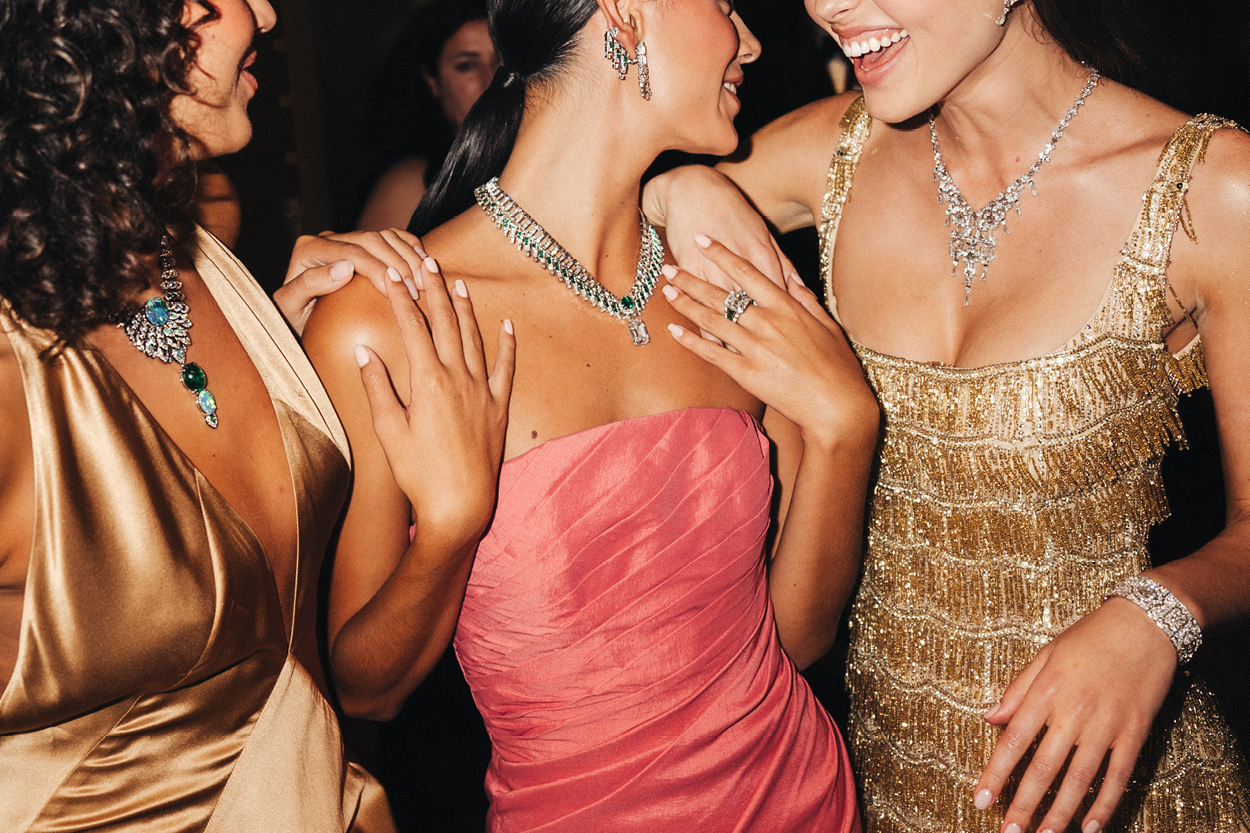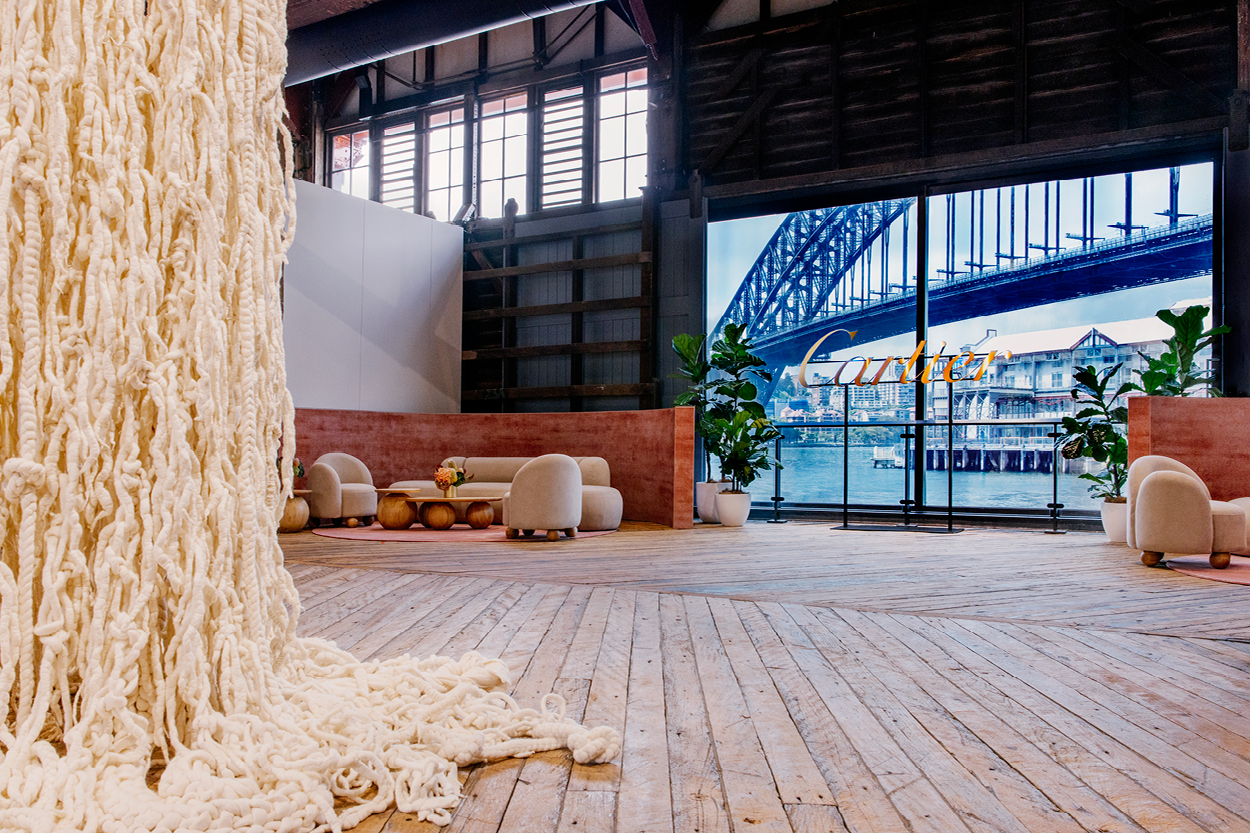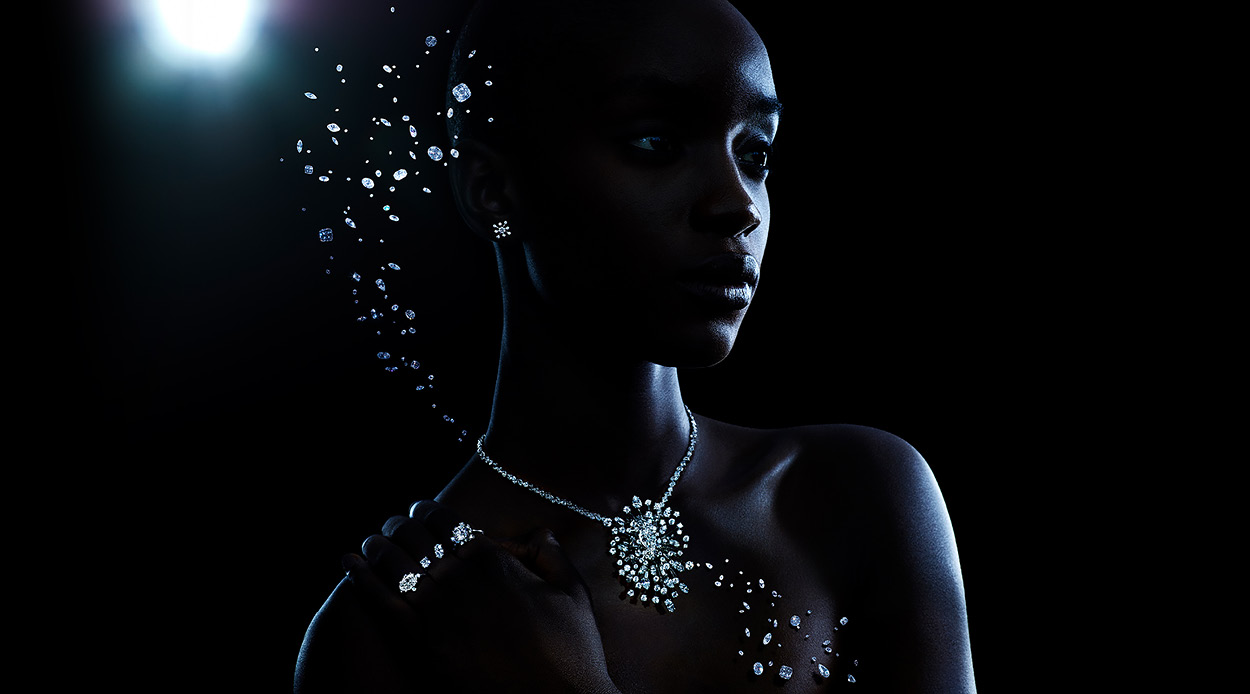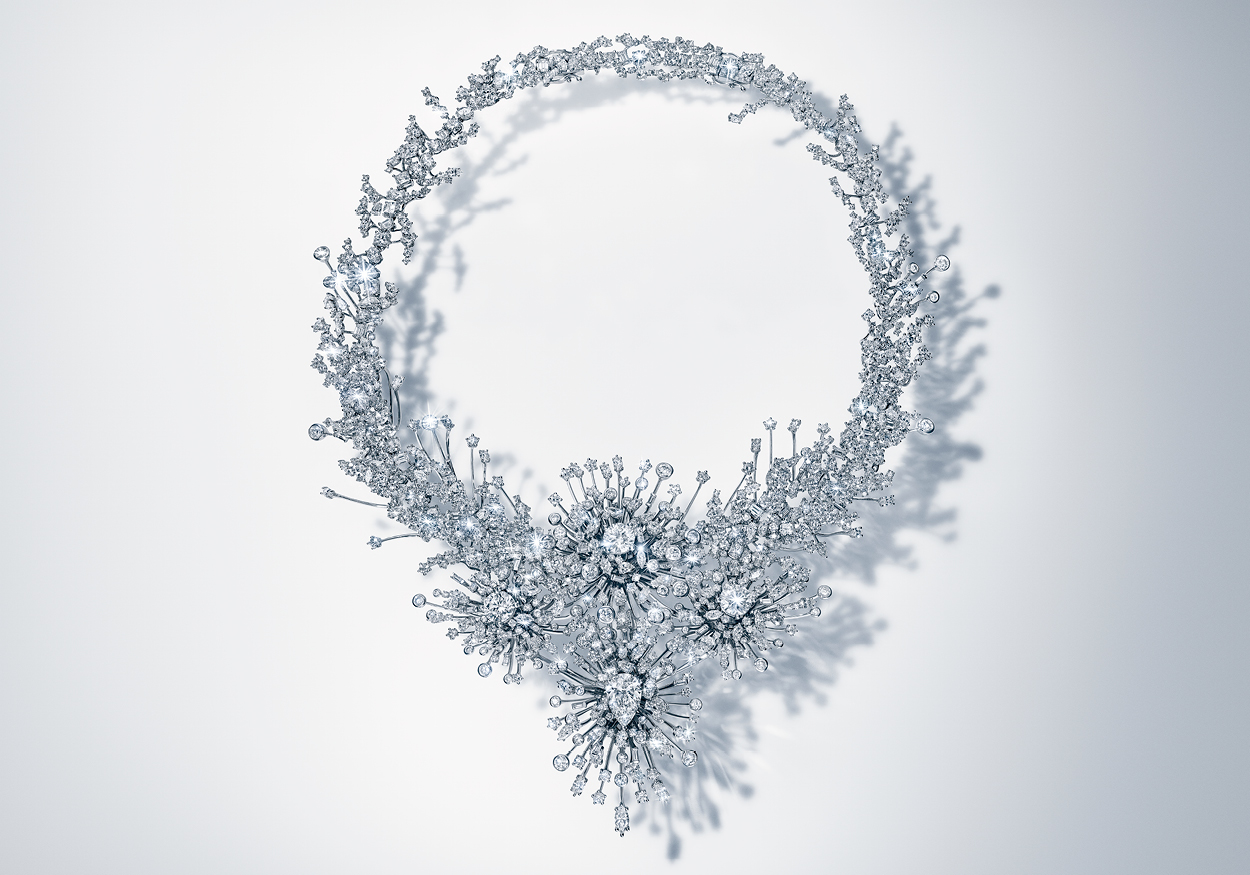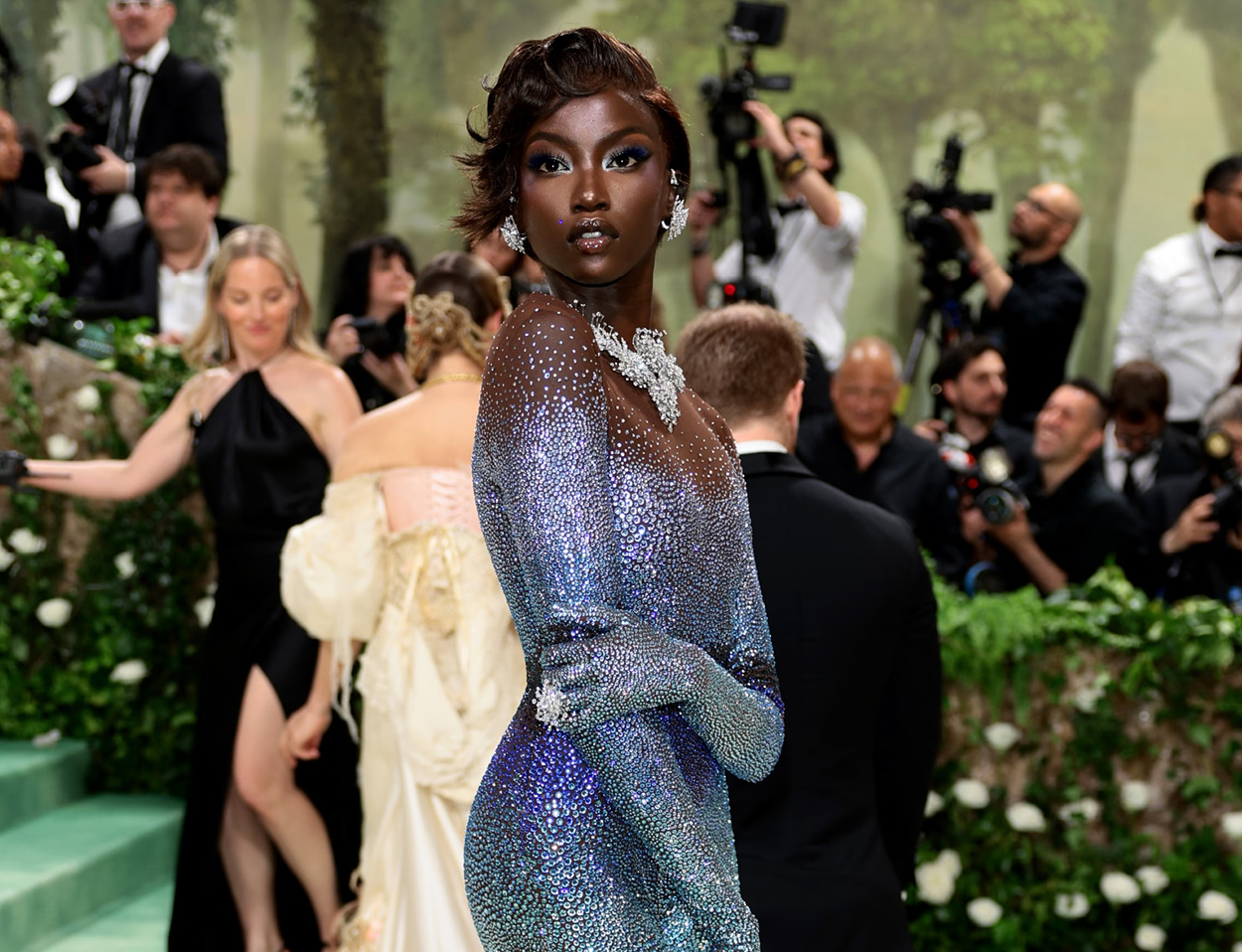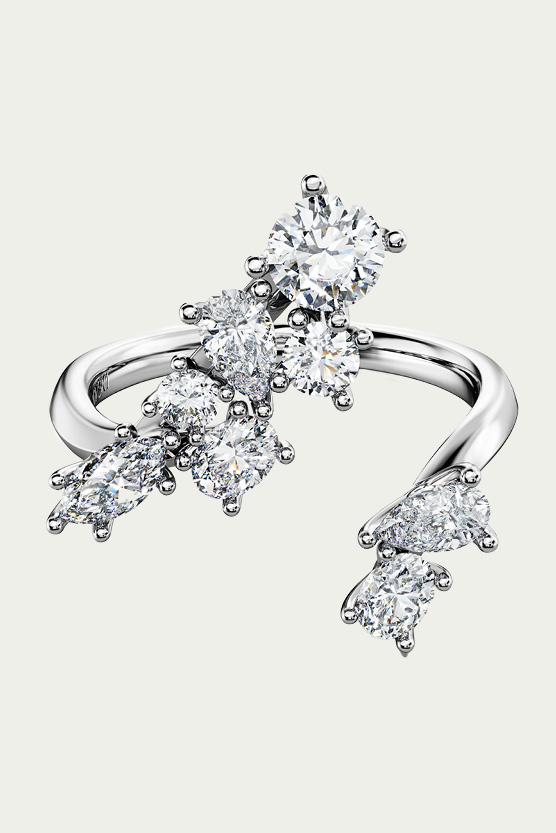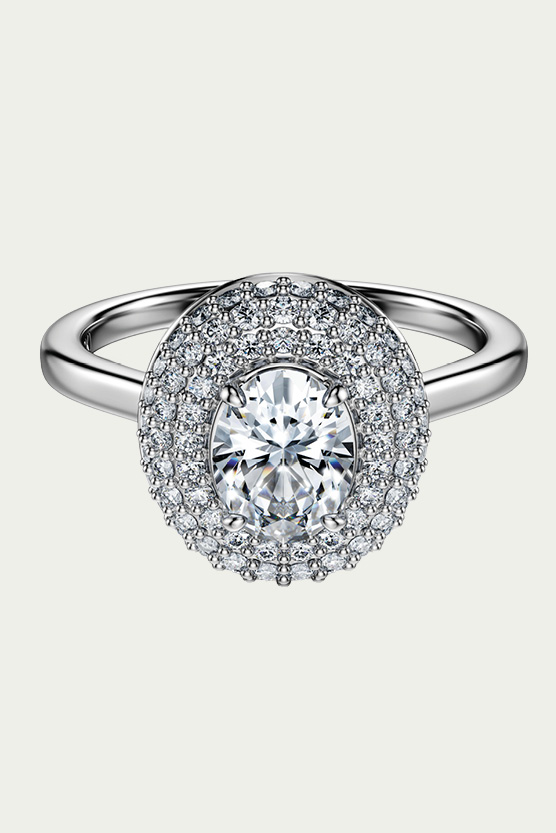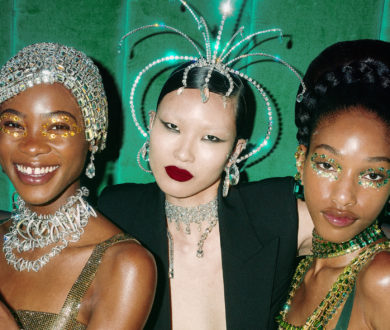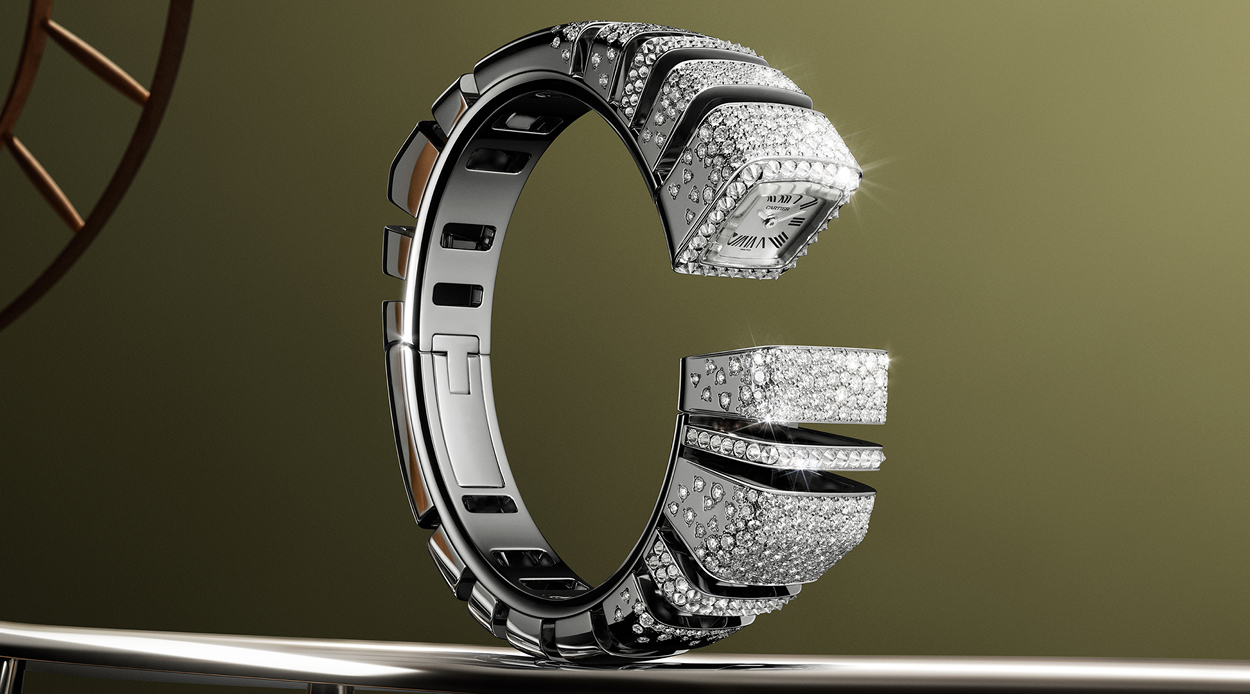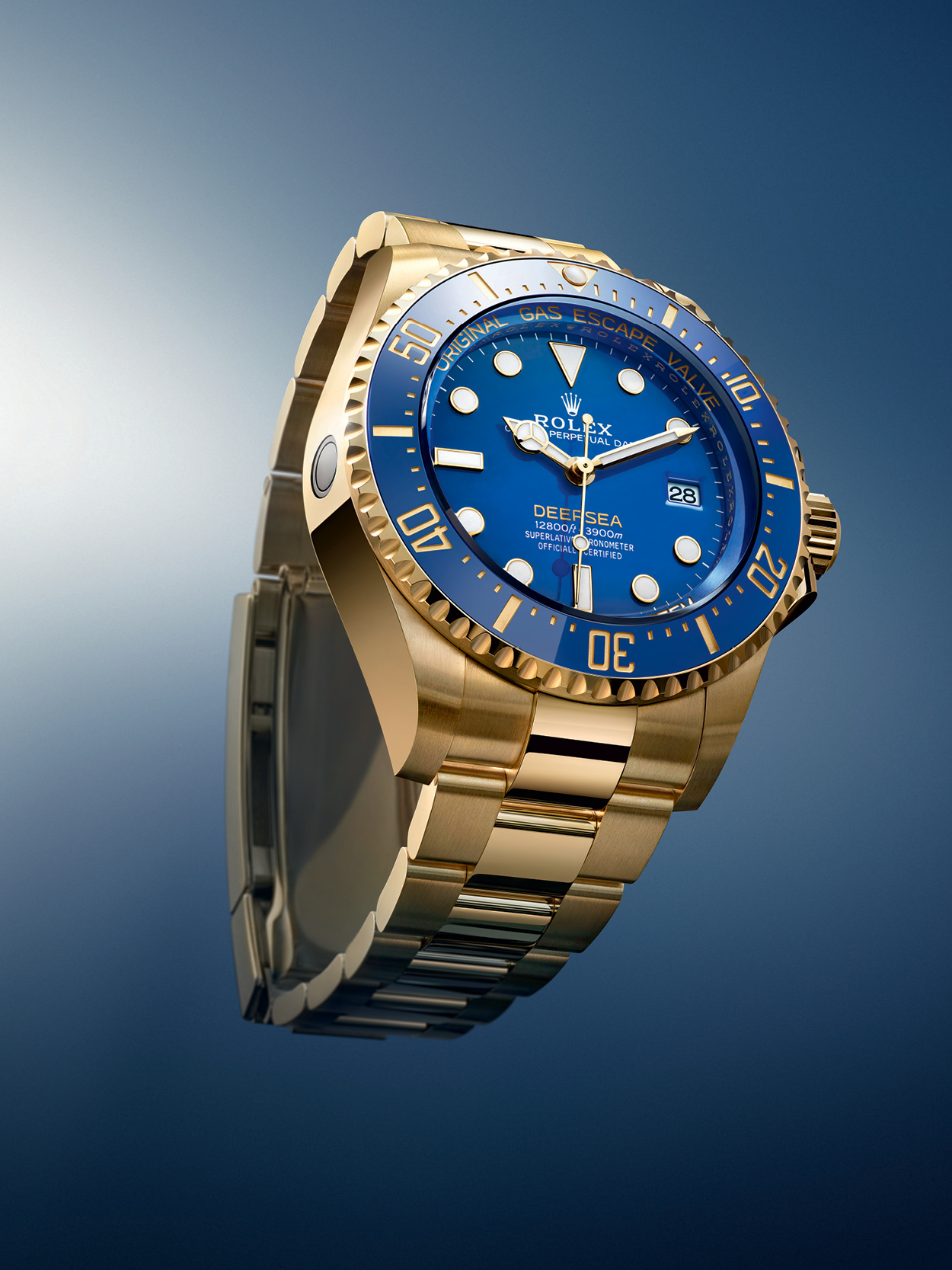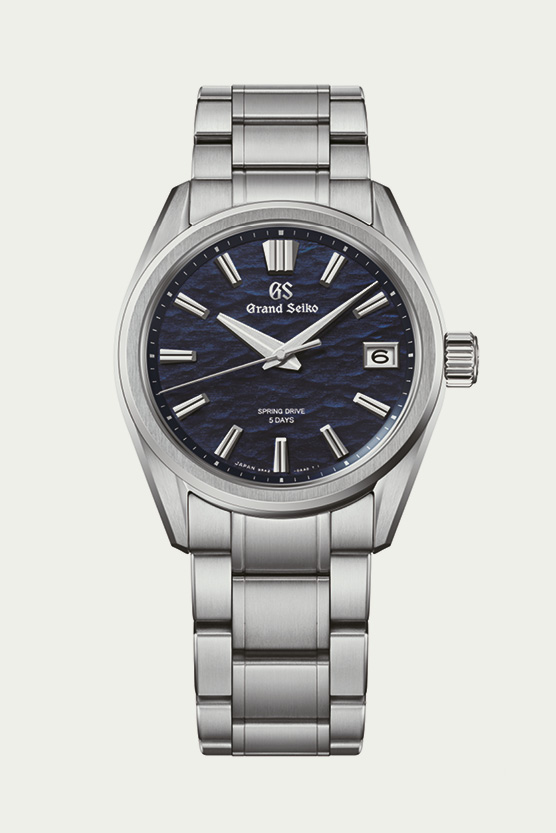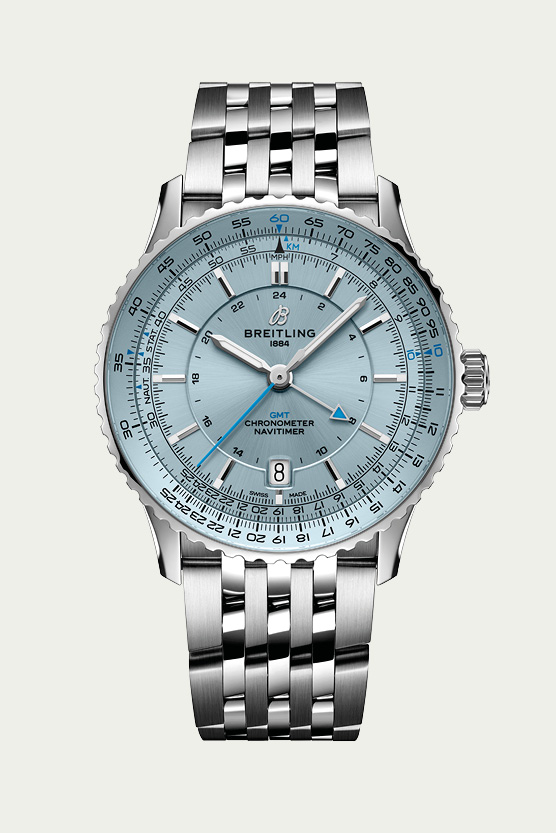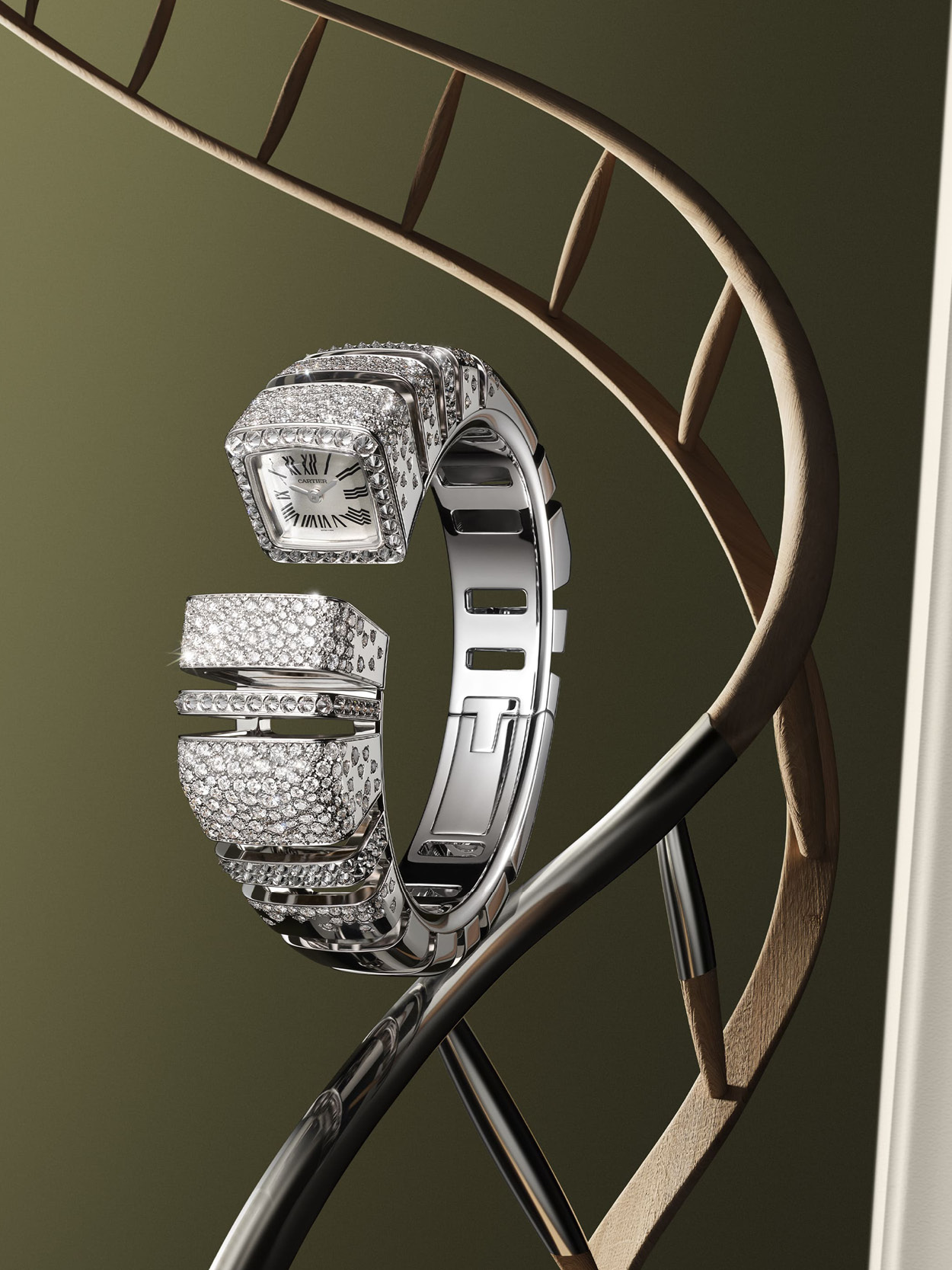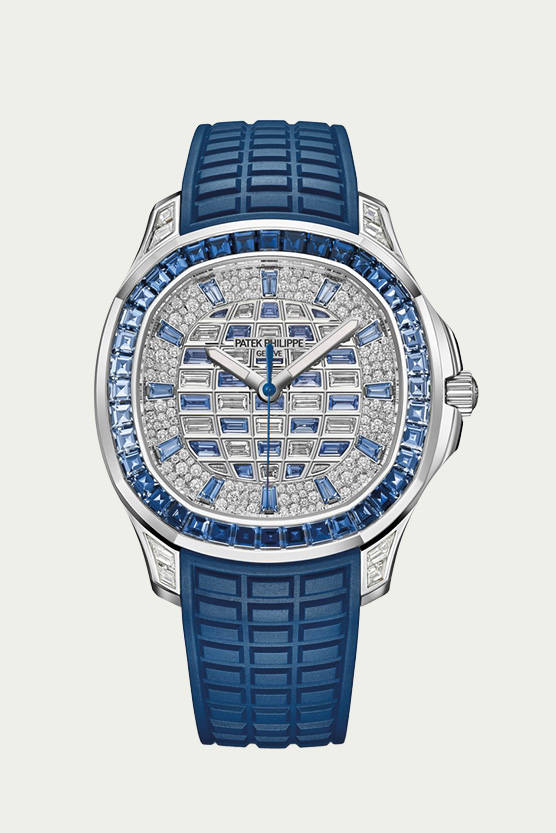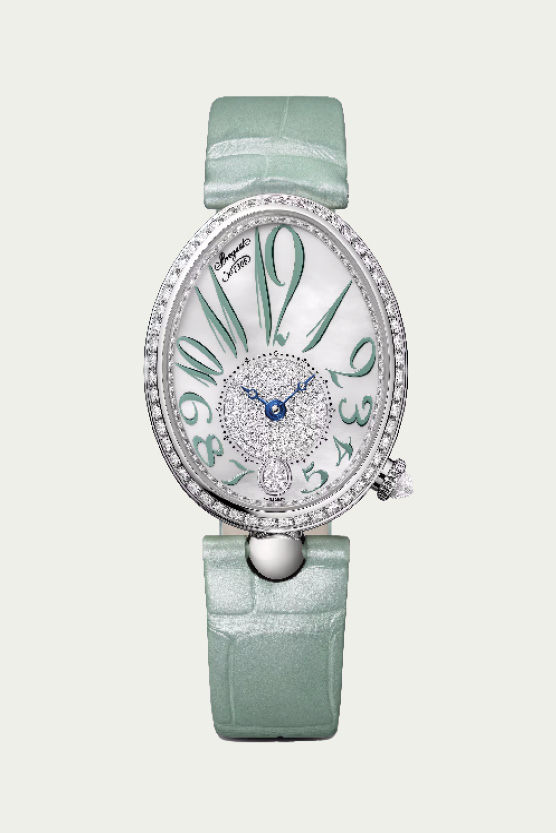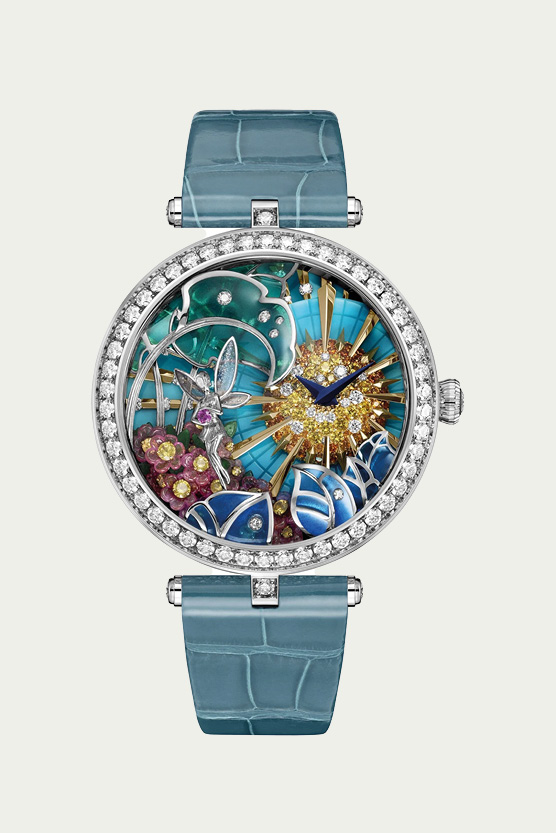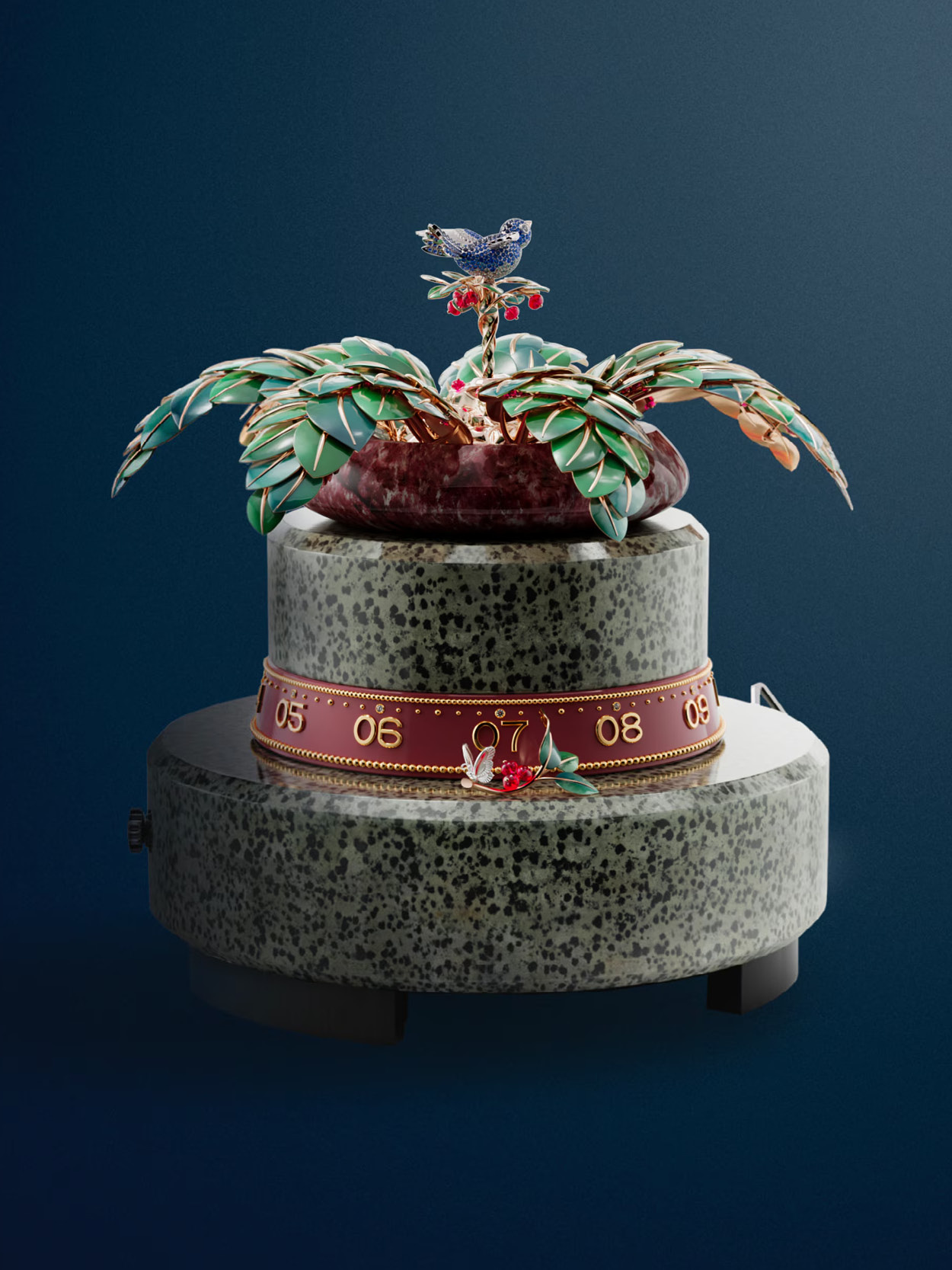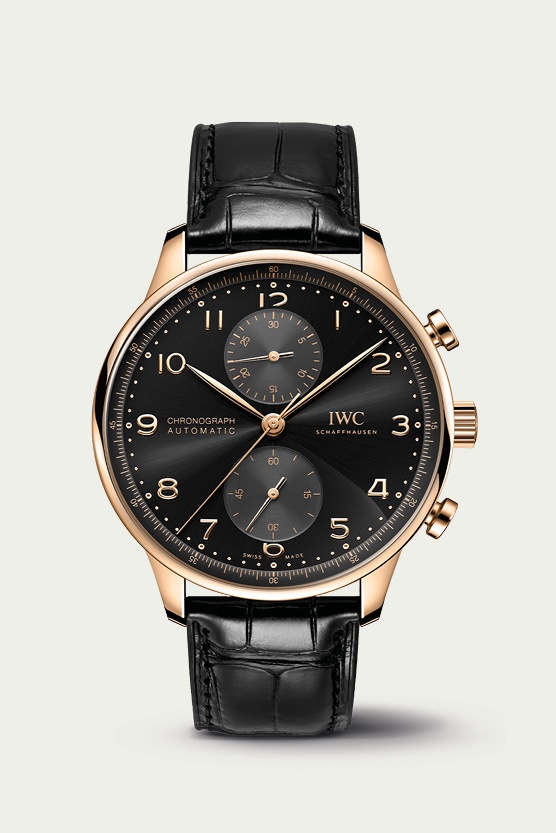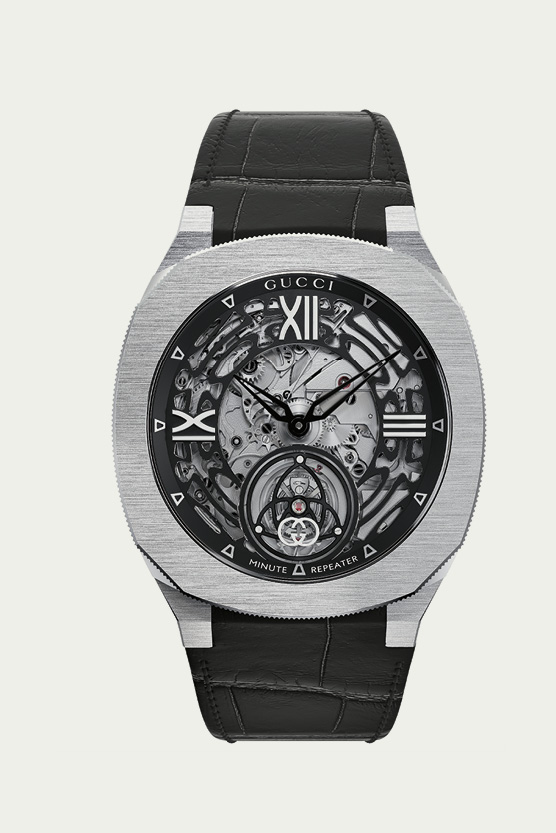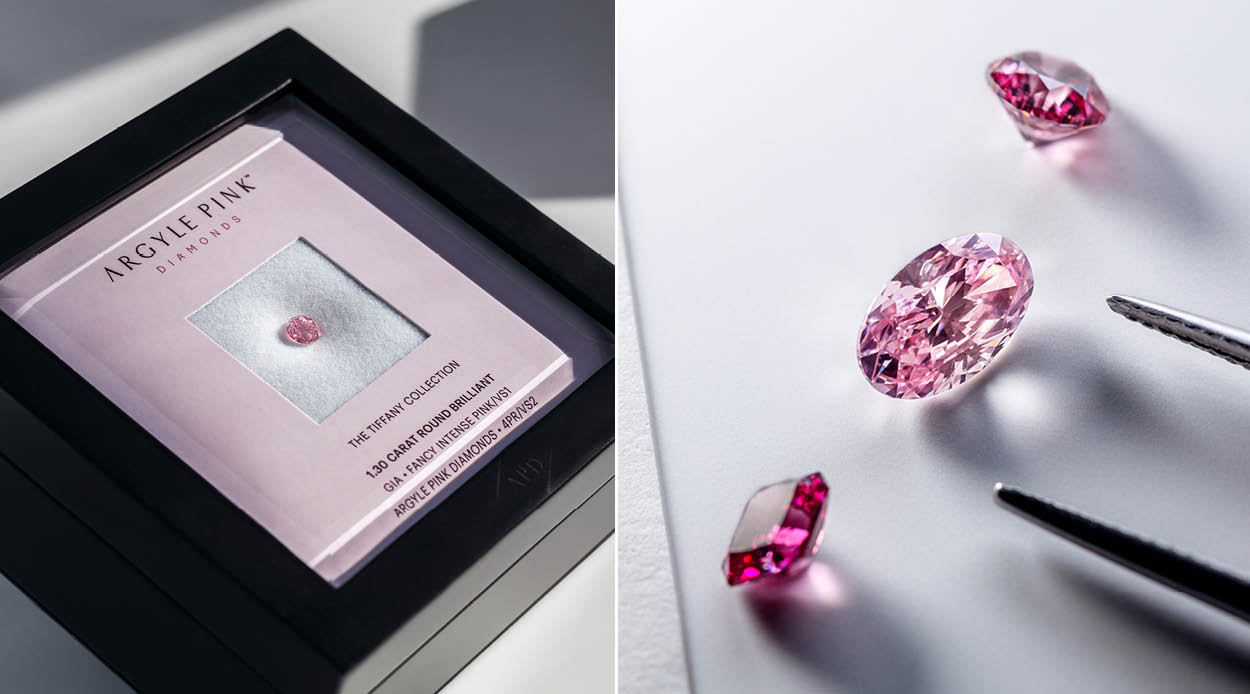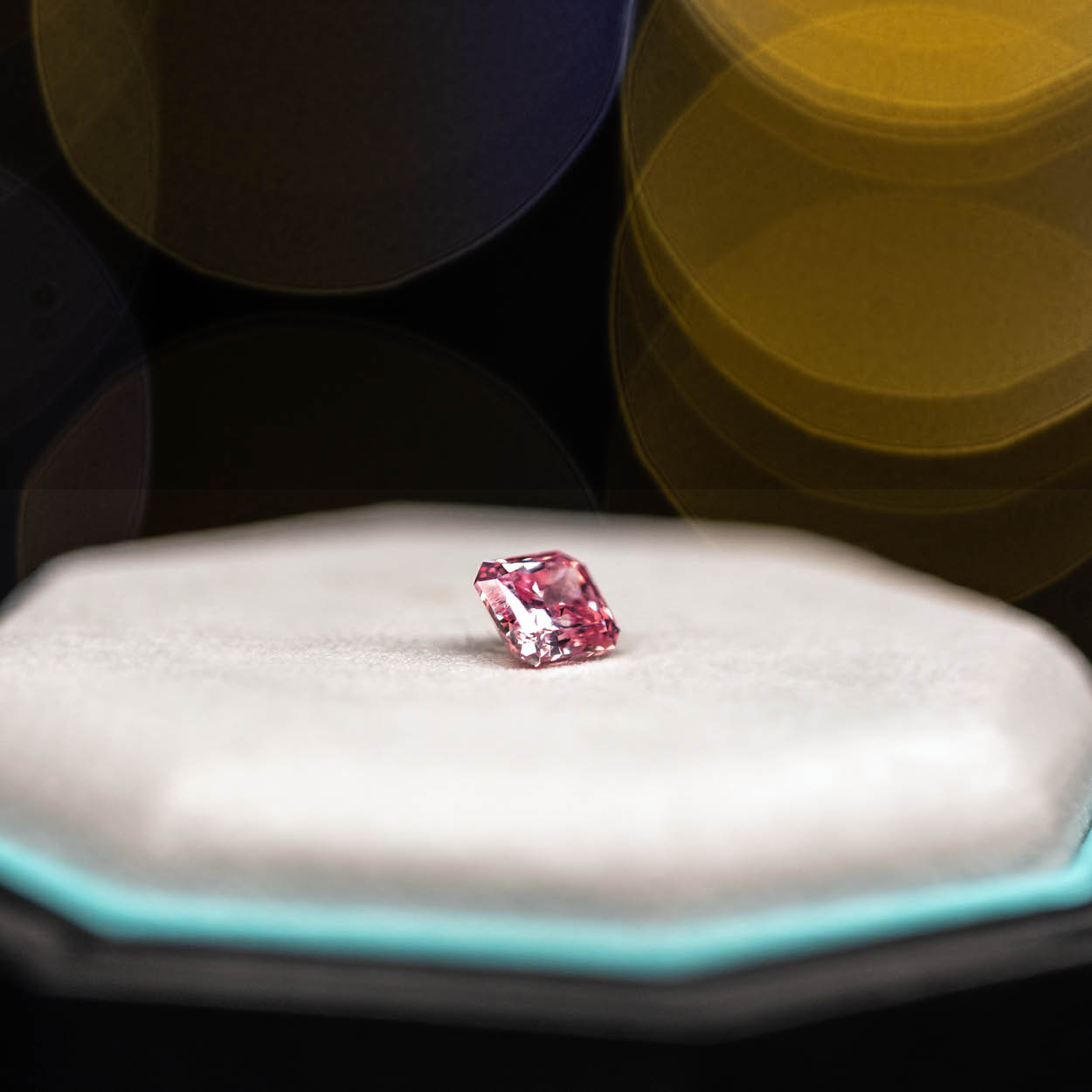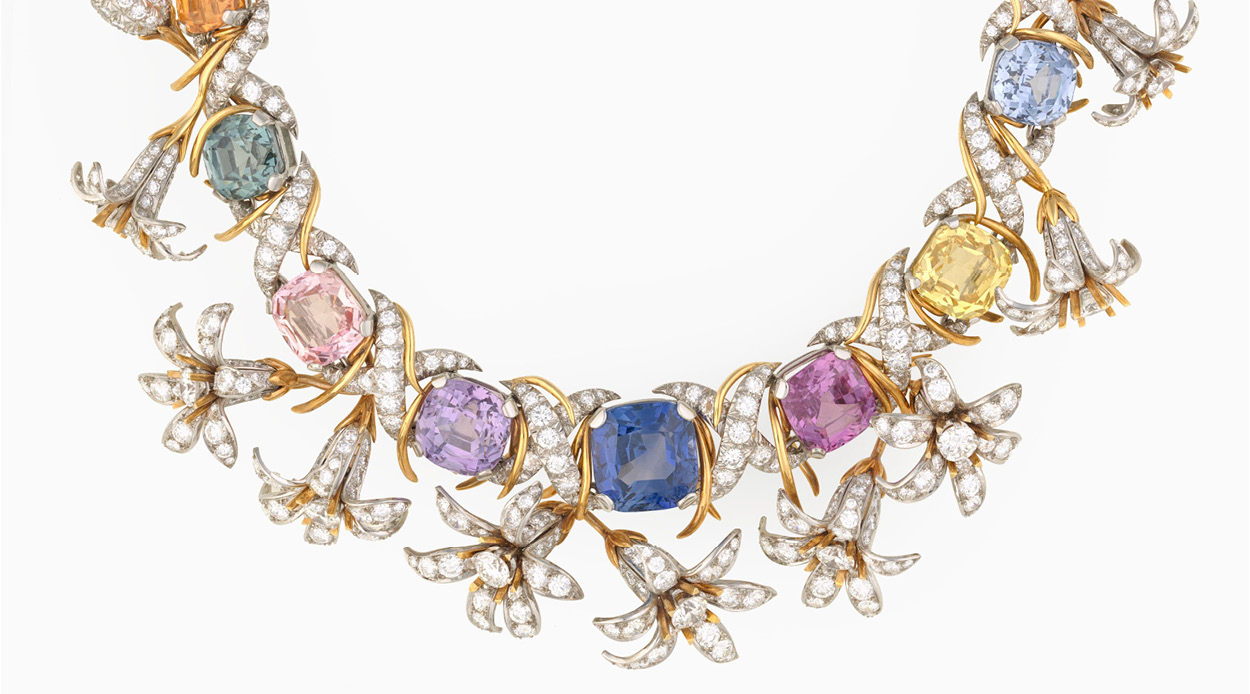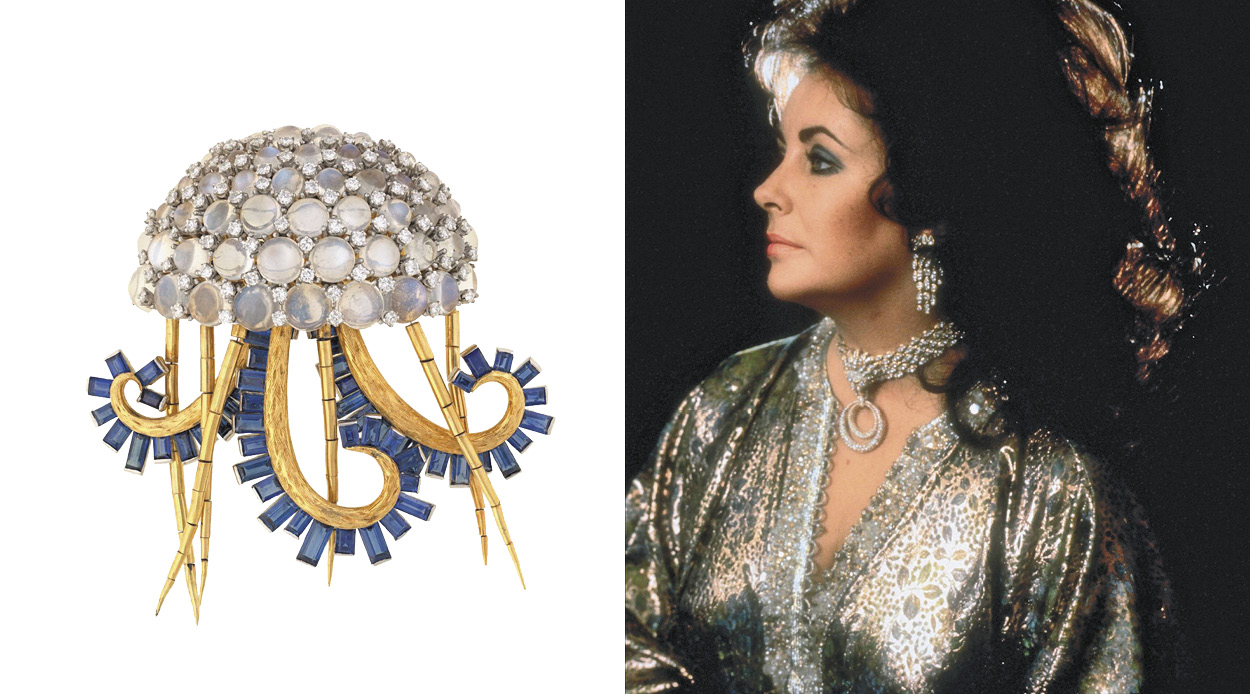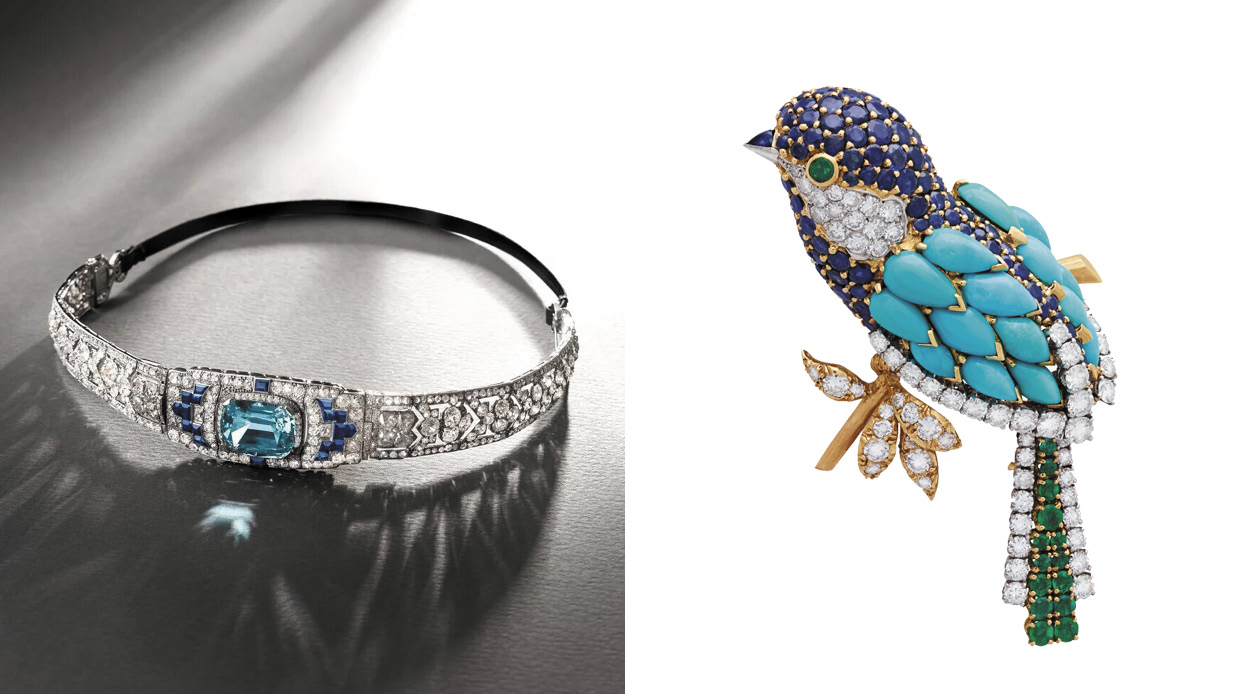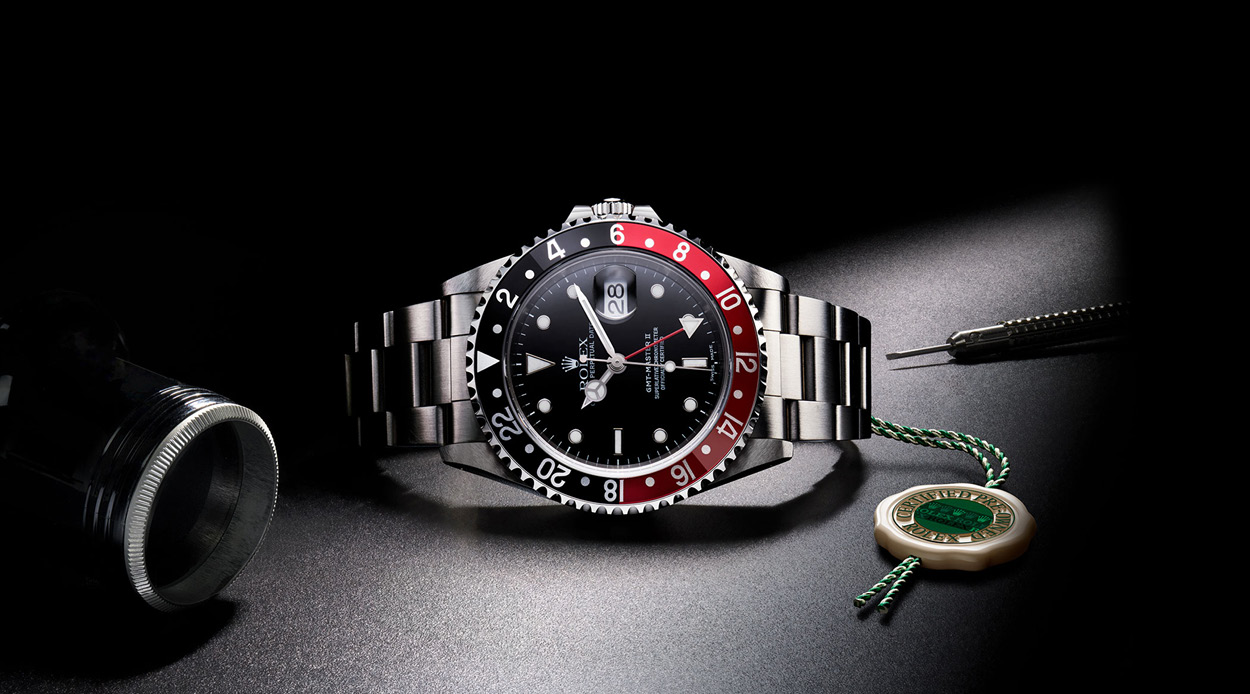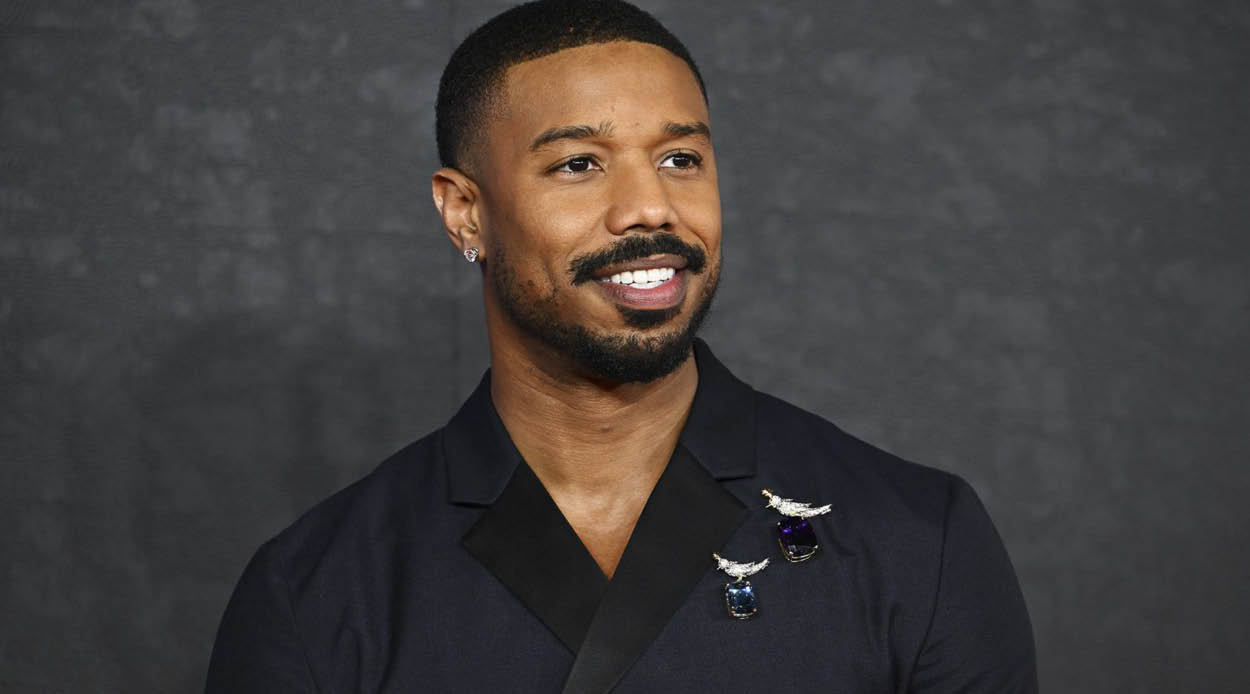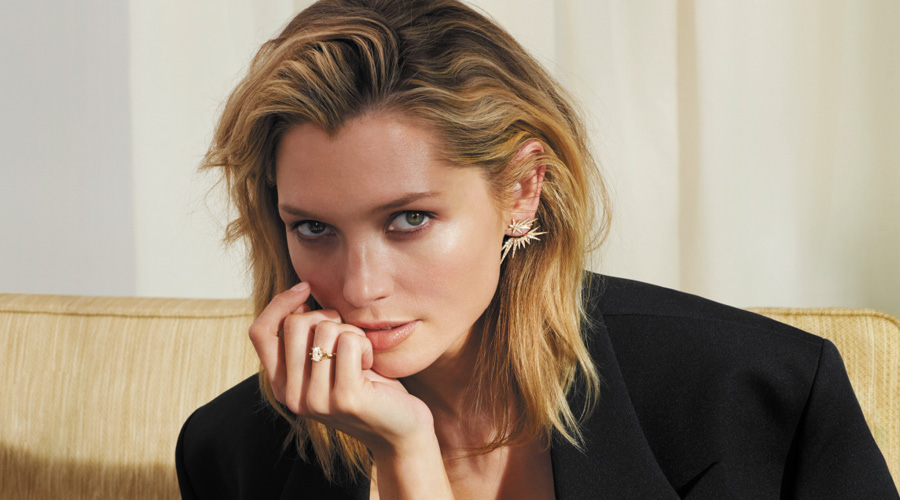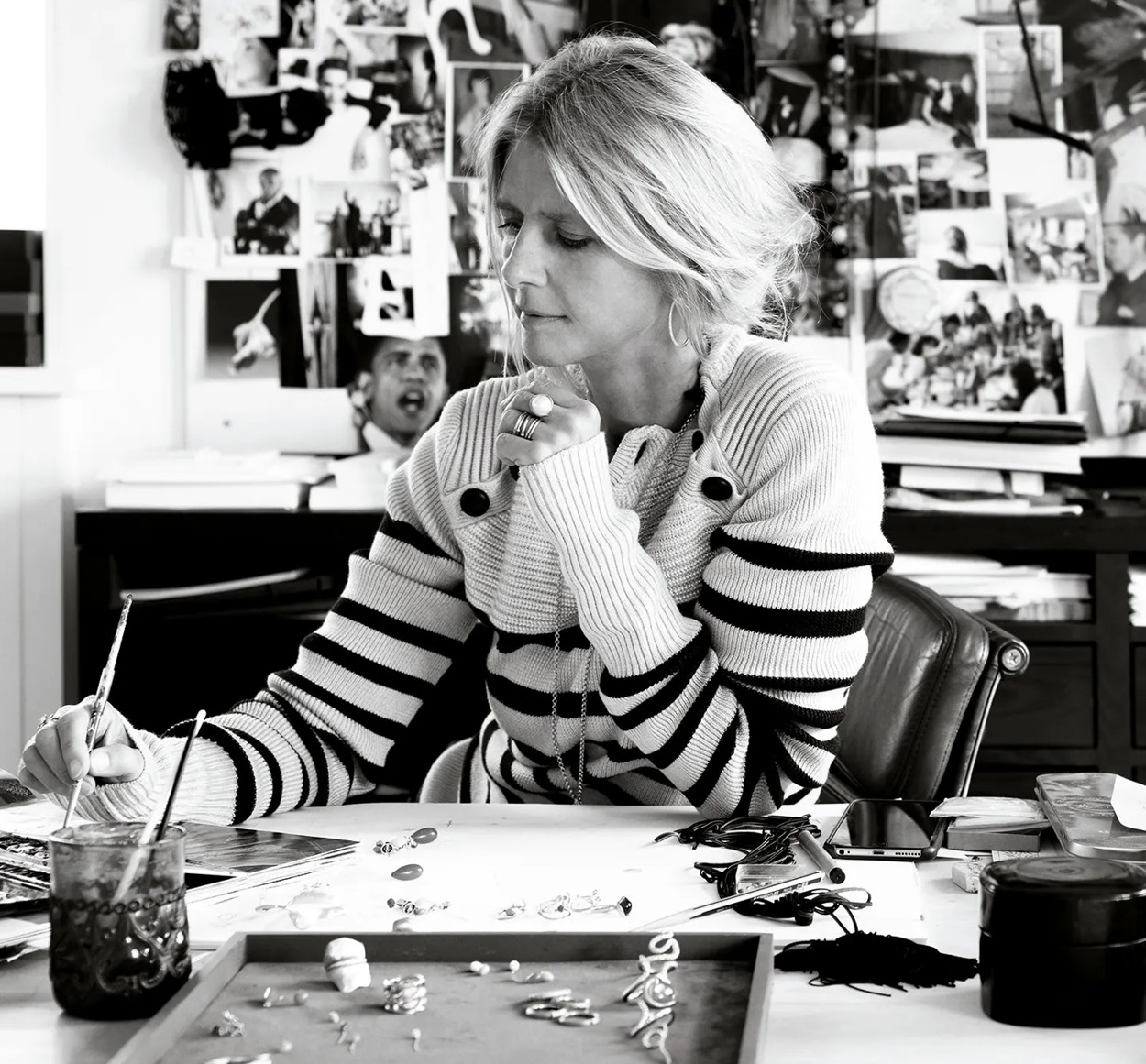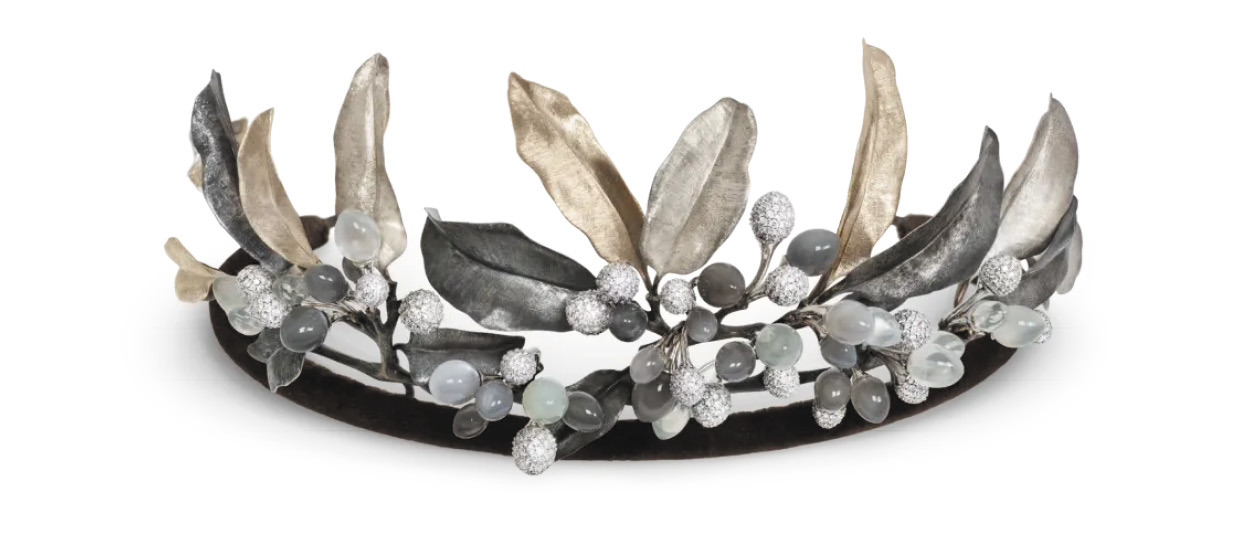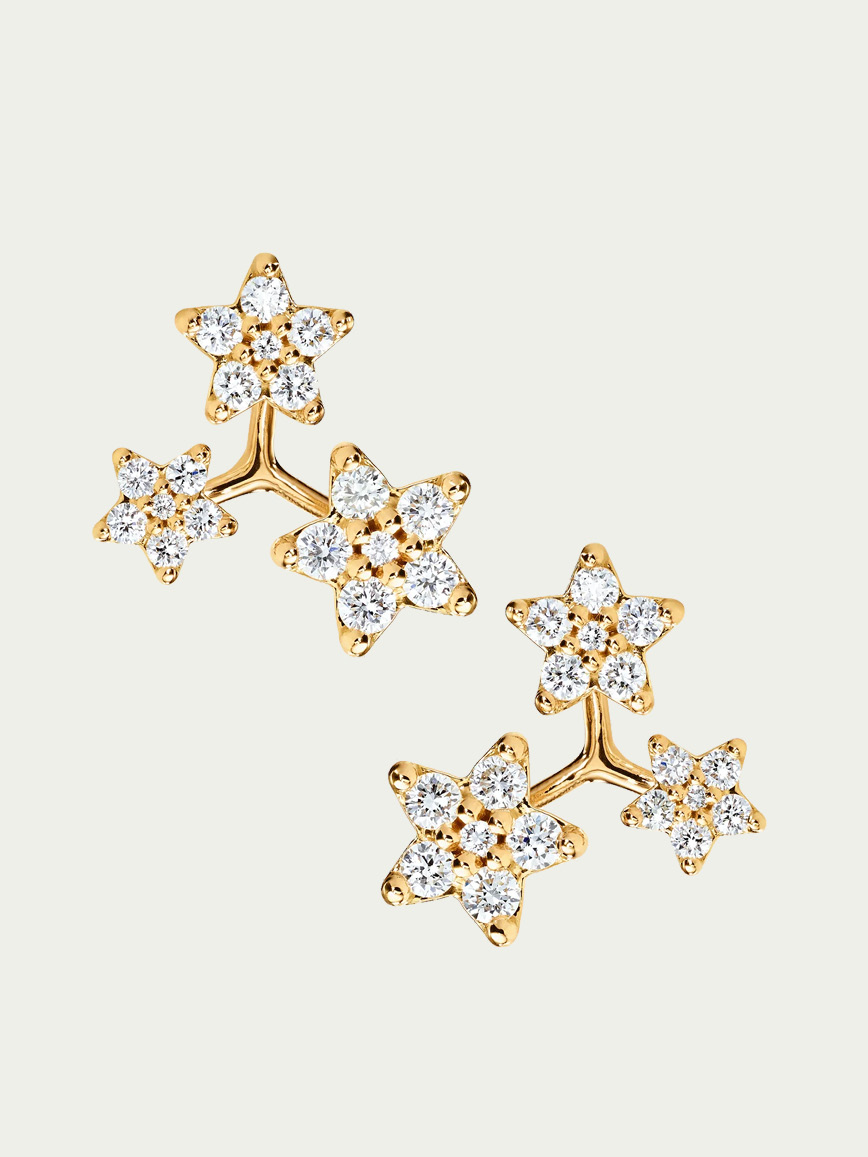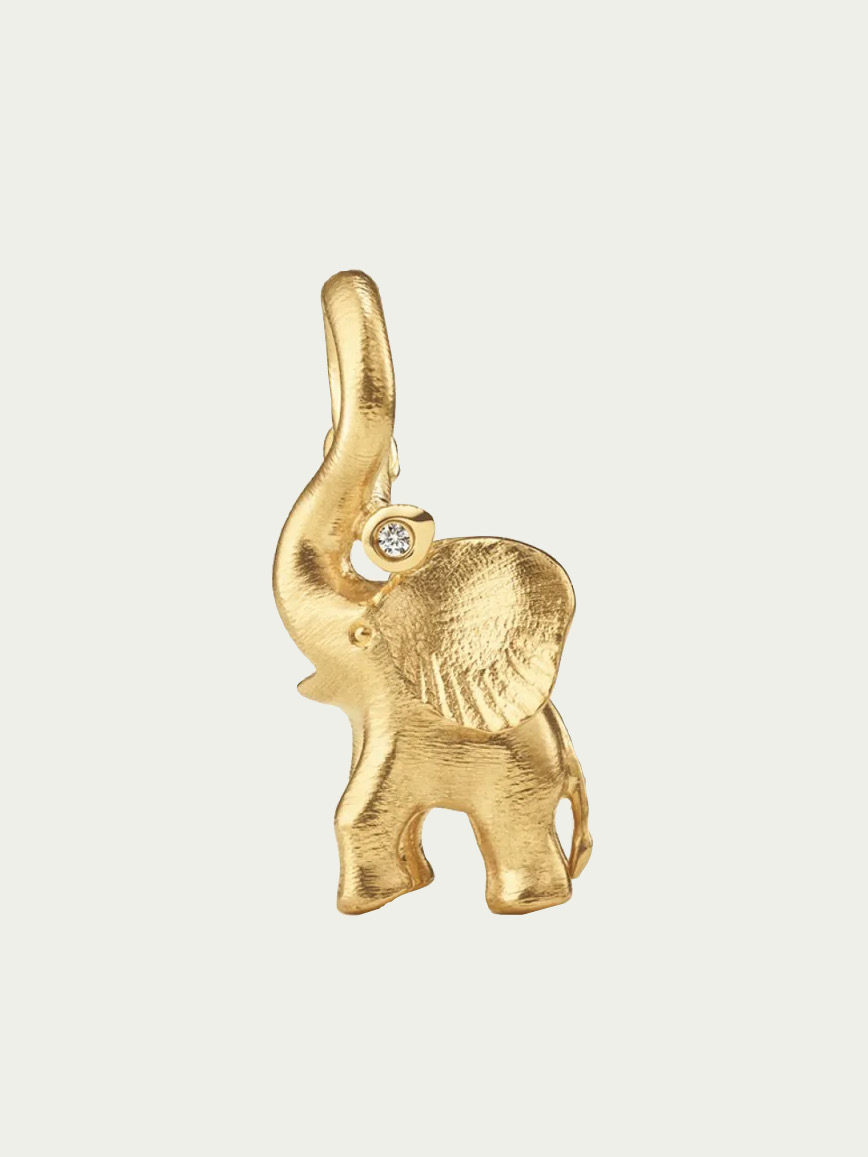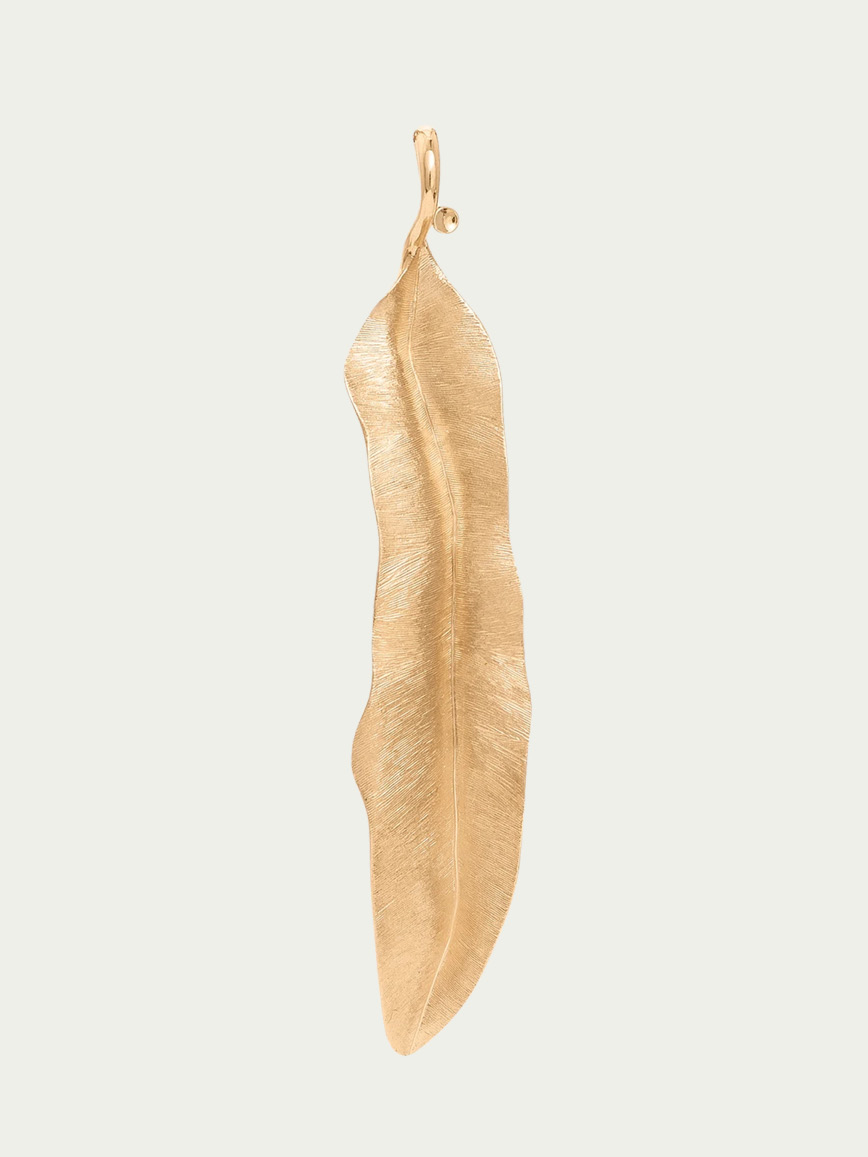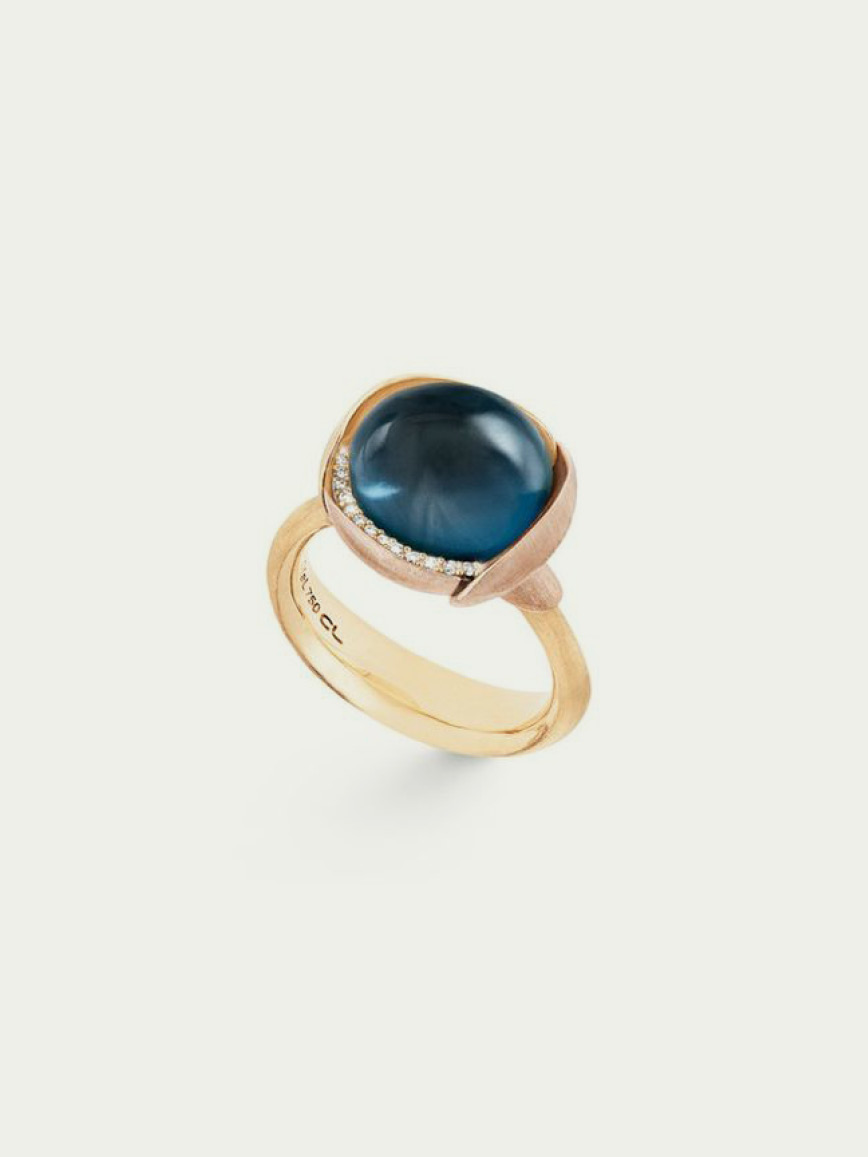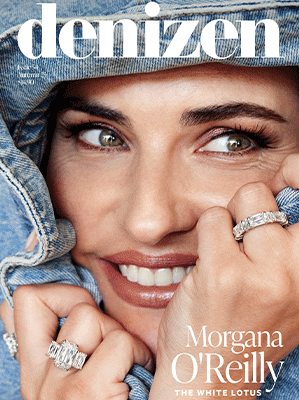So often on the red carpet — be it at an awards ceremony or an international film premiere — it’s the dress that steals the show. Think of Gwyneth Paltrow’s baby pink Ralph Lauren confection that she wore when accepting her Best Actress Oscar for her role in Shakespeare in Love in 1999, or Sharon Stone’s perfectly combined Vera Wang skirt and her husband’s white shirt in 1998, and you’d be hard pressed to remember who designed the jewellery.
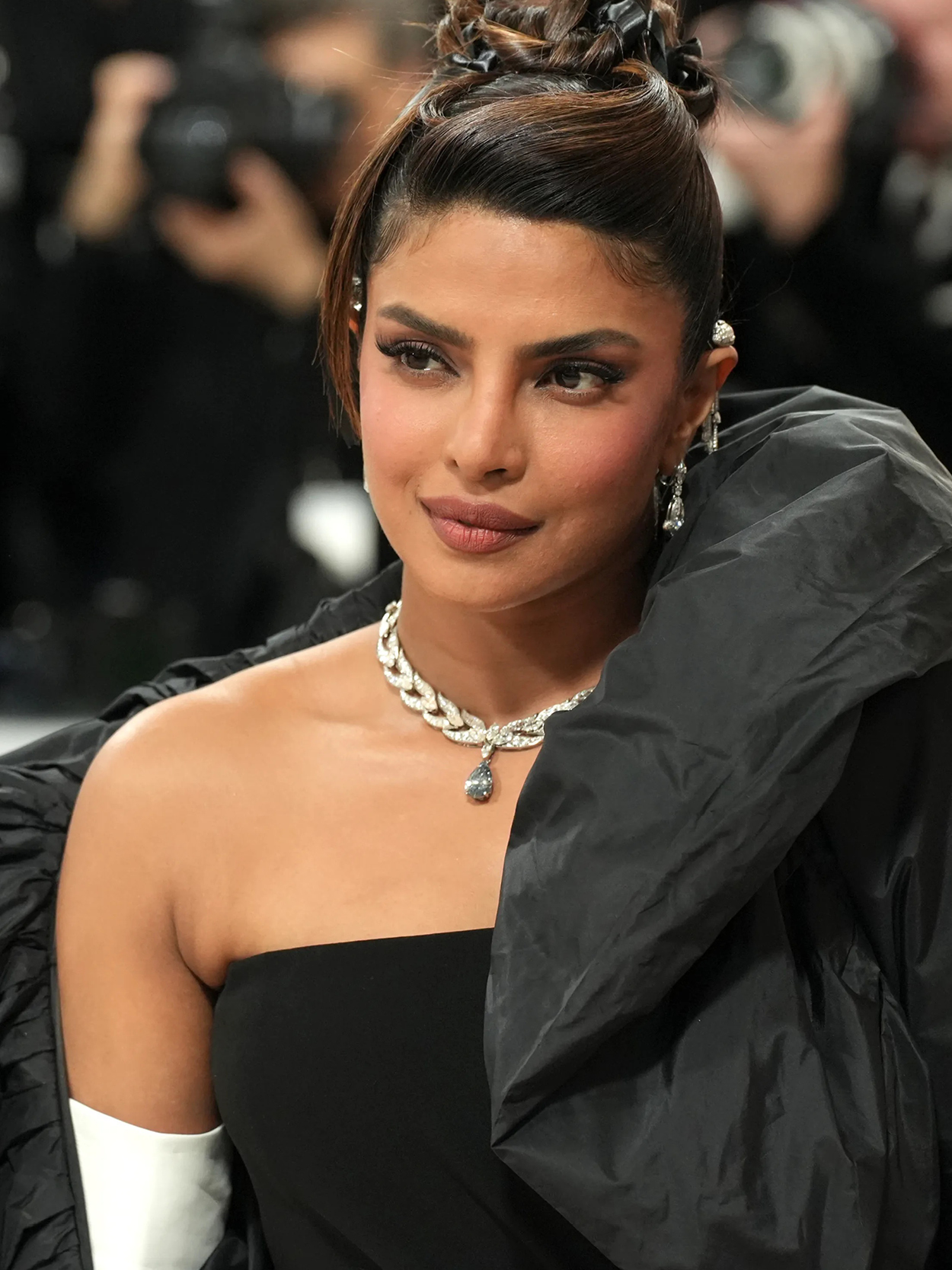
But if there’s one jewellery brand who consistently makes its presence known, no matter how fabulous the fashion it’s competing with is, it’s Roman jewellers Bulgari. Whether it’s their instantly recognisable Serpenti or snake design necklace on Zendaya at the Rome premiere of her new movie Challengers, or Priyanka Chopra in a US$25 million dollar necklace at the Met Gala in New York City, Bulgari jewels make no bones about who they are, nor do they attempt to master the art of subtlety. If there’s one word that epitomises the design language of this very Italian brand, it’s fearless.
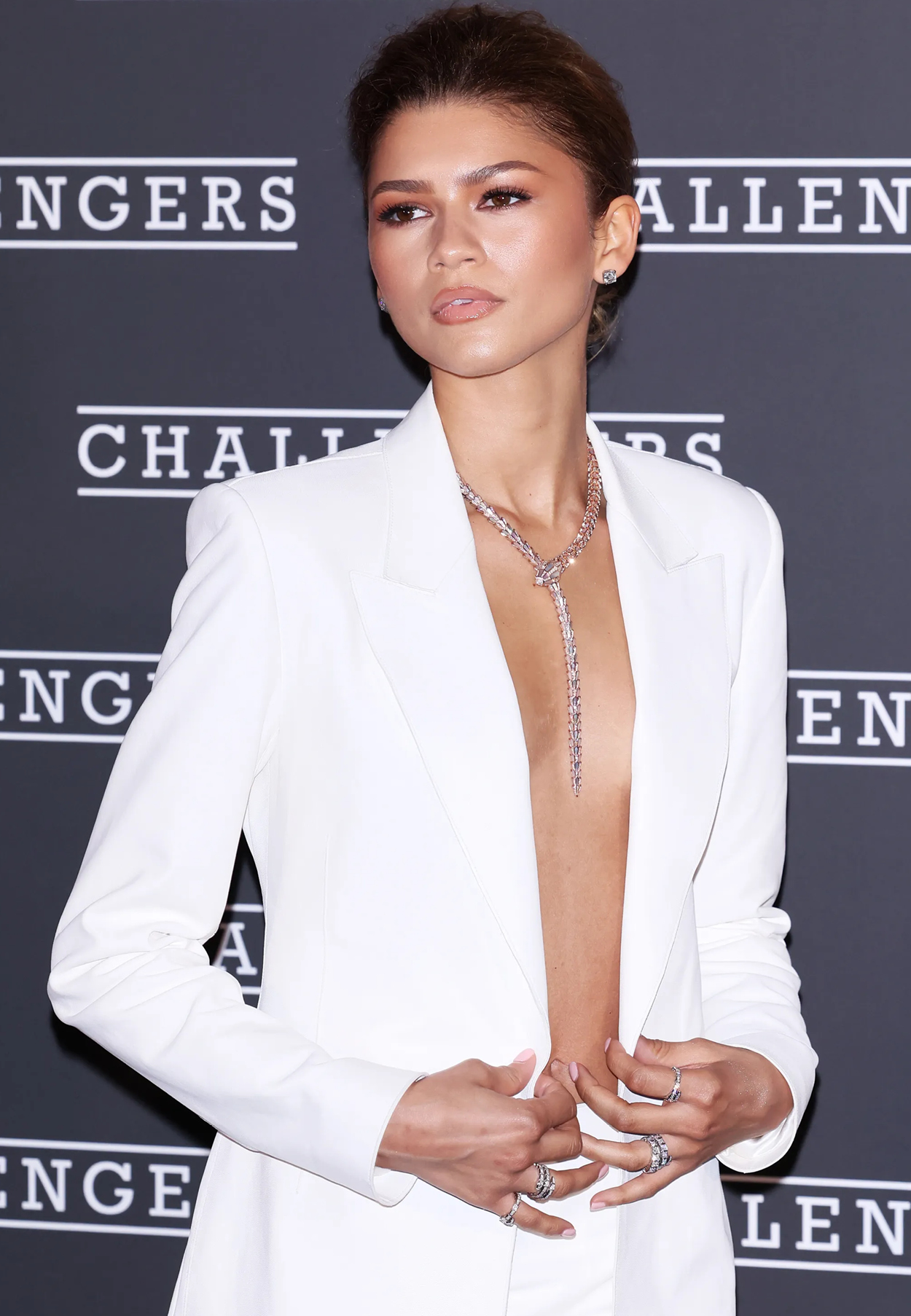
What really makes Bulgari stand out as a red carpet brand is not, however, the size of their pieces (although they are often sizeable to the extreme), but their strict adherence to their most beloved codes. Whether it’s Serpenti in all its guises, from the most stylised snake scale motif to an actual diamond snake wrapped around the neck, to an enormous necklace bedecked in deep green emeralds and vibrantly blue Paraiba tourmalines in the brand’s trademark melange of colours, Bulgari is always, unapologetically there.
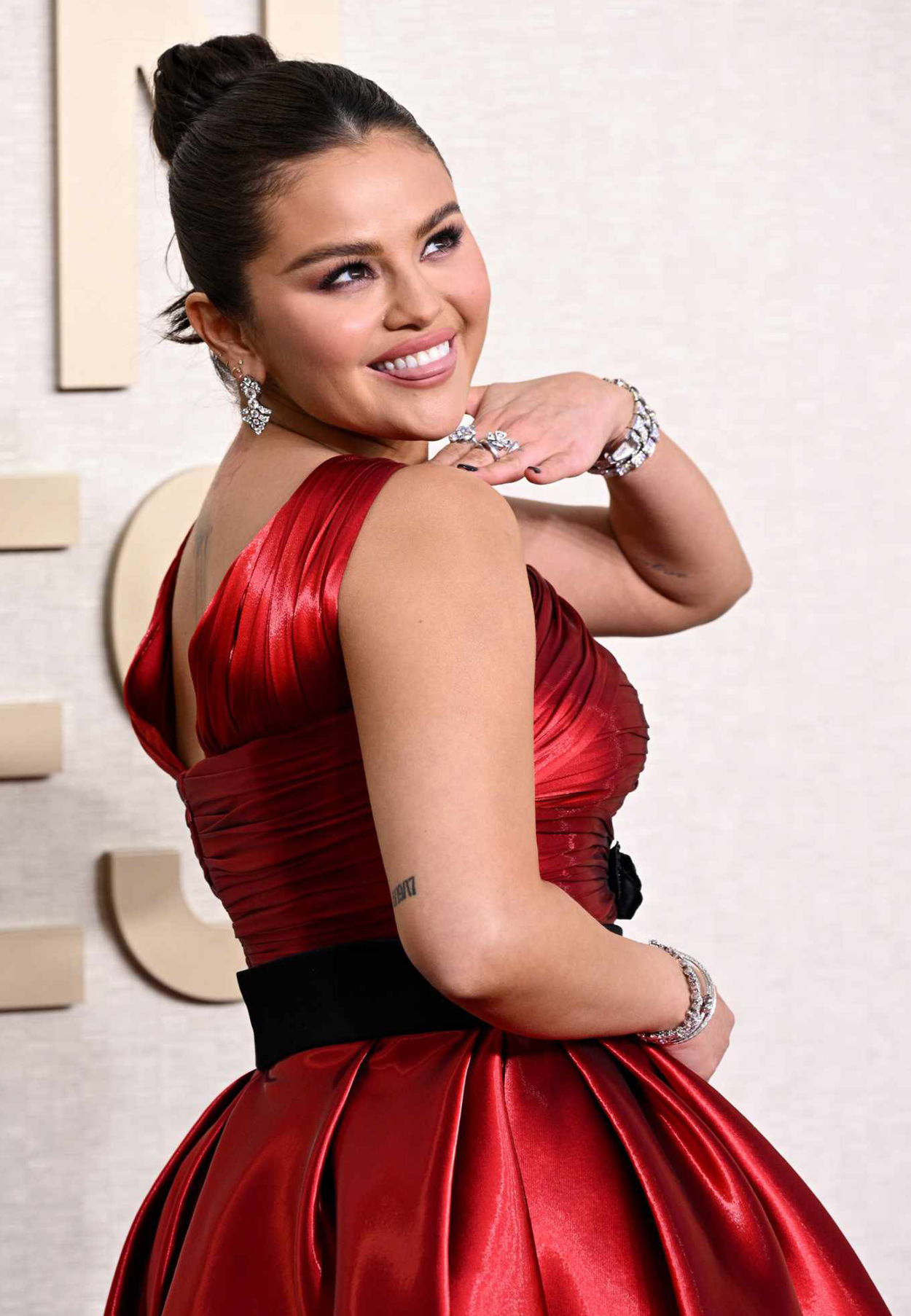
Take the 2024 Golden Globes this past January, when Selena Gomez accentuated her Armani Prive dress with not just Bulgari earrings, but a high jewellery watch, bracelet, and rings from the brand. But it’s not a recent phenomenon. Bulgari has bedecked the stars in their creations since the beginning, from Gina Lollobrigida partying in her Serpenti watch in Gstaad in the 1980s, to Elizabeth Taylor positively weighed down in Bulgari jewels for almost the entire promotional run for Cleopatra in the 1960s.
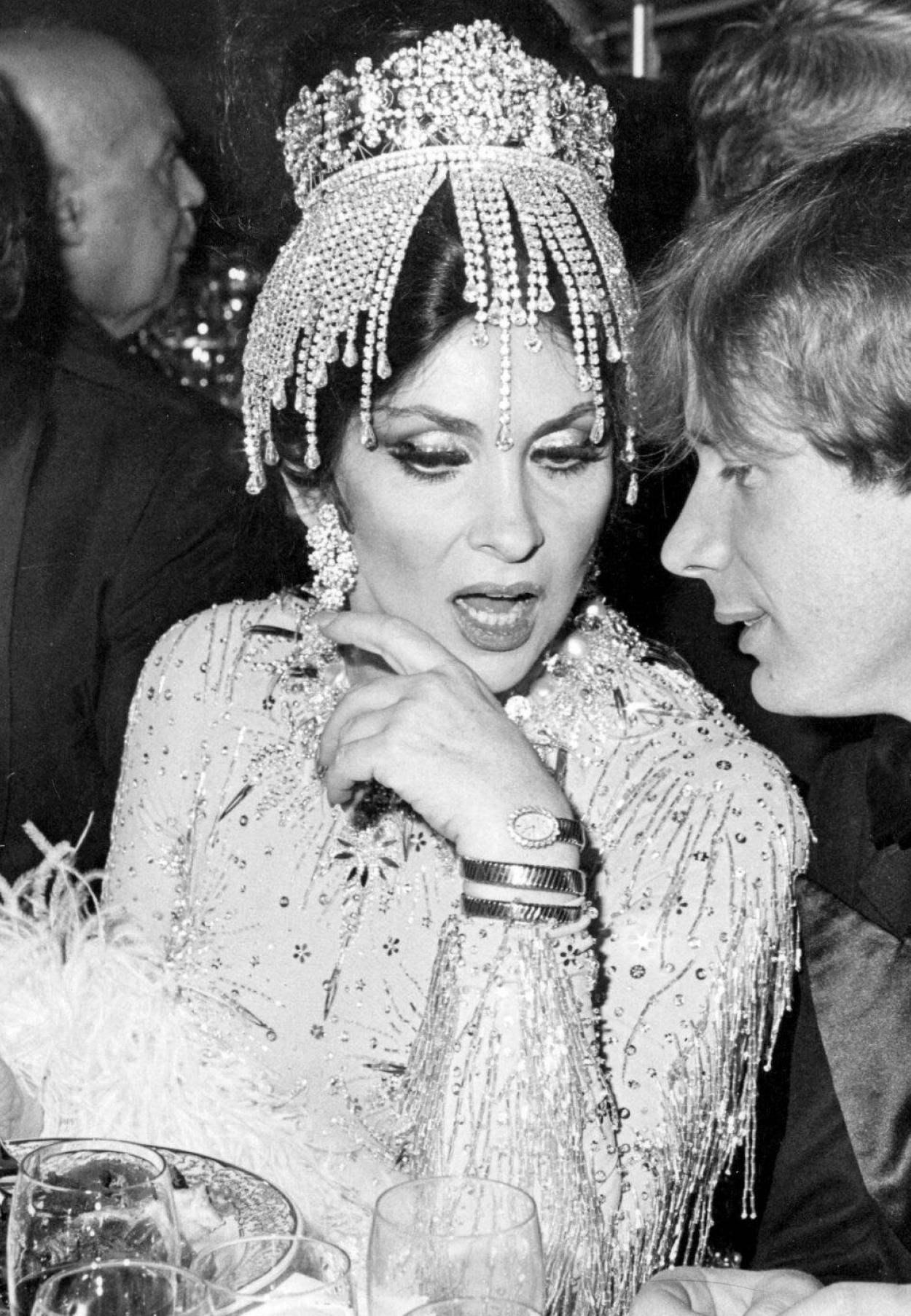
There is one Bulgari red carpet moment, however, that remains seared in high jewellery lovers’ memories forever; Zendaya at the premiere of Dune at the 2021 Venice Film Festival. The necklace’s design was of the Serpenti genre, but in this case, the central stone was the true star — a 93.83-carat cabochon emerald the size of a large plum. Her wet-look, figure clinging, leather Balmain gown may have caused a ruckus, but there was no mistaking the eye watering size
of that emerald that sat at her throat. Sometimes, size does matter.

